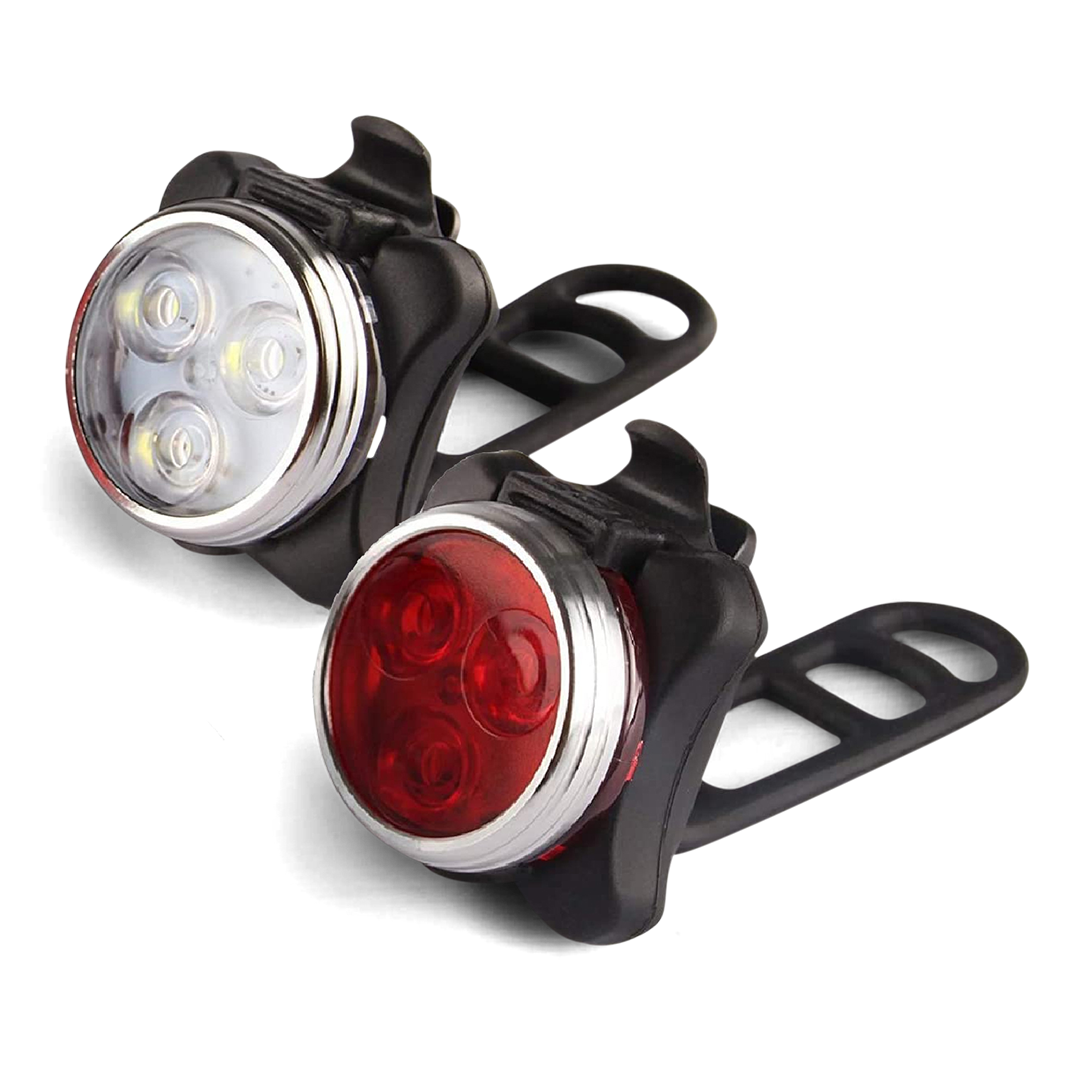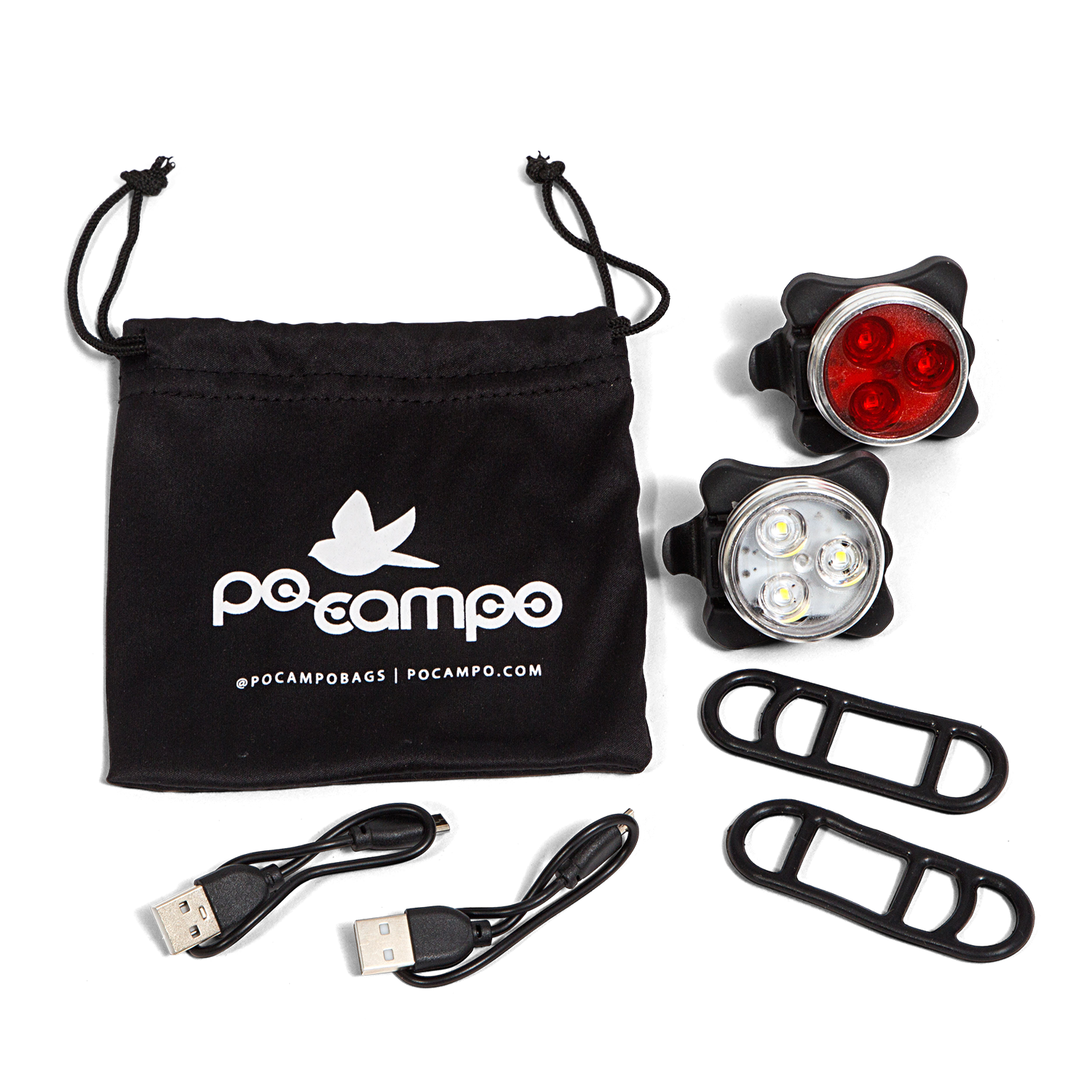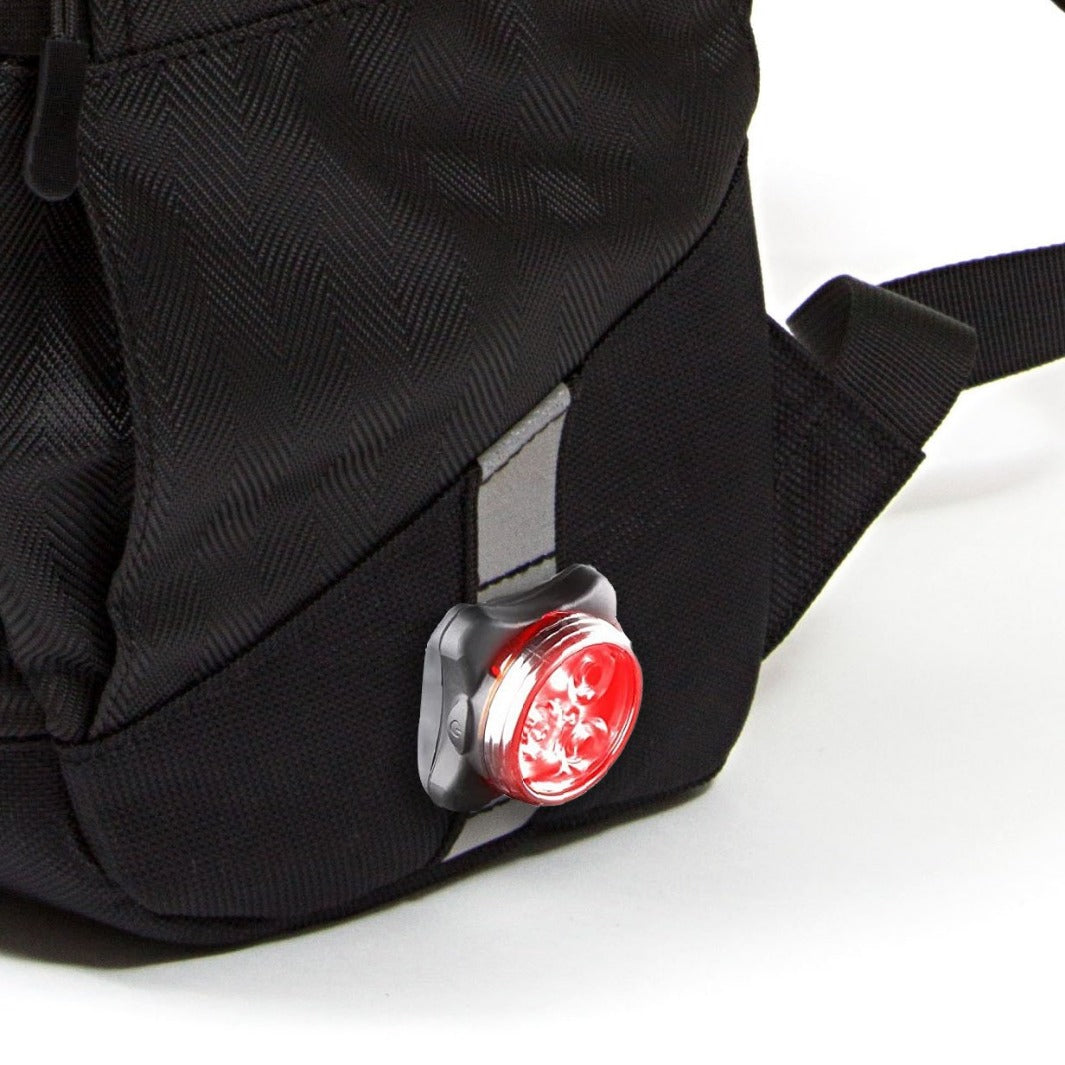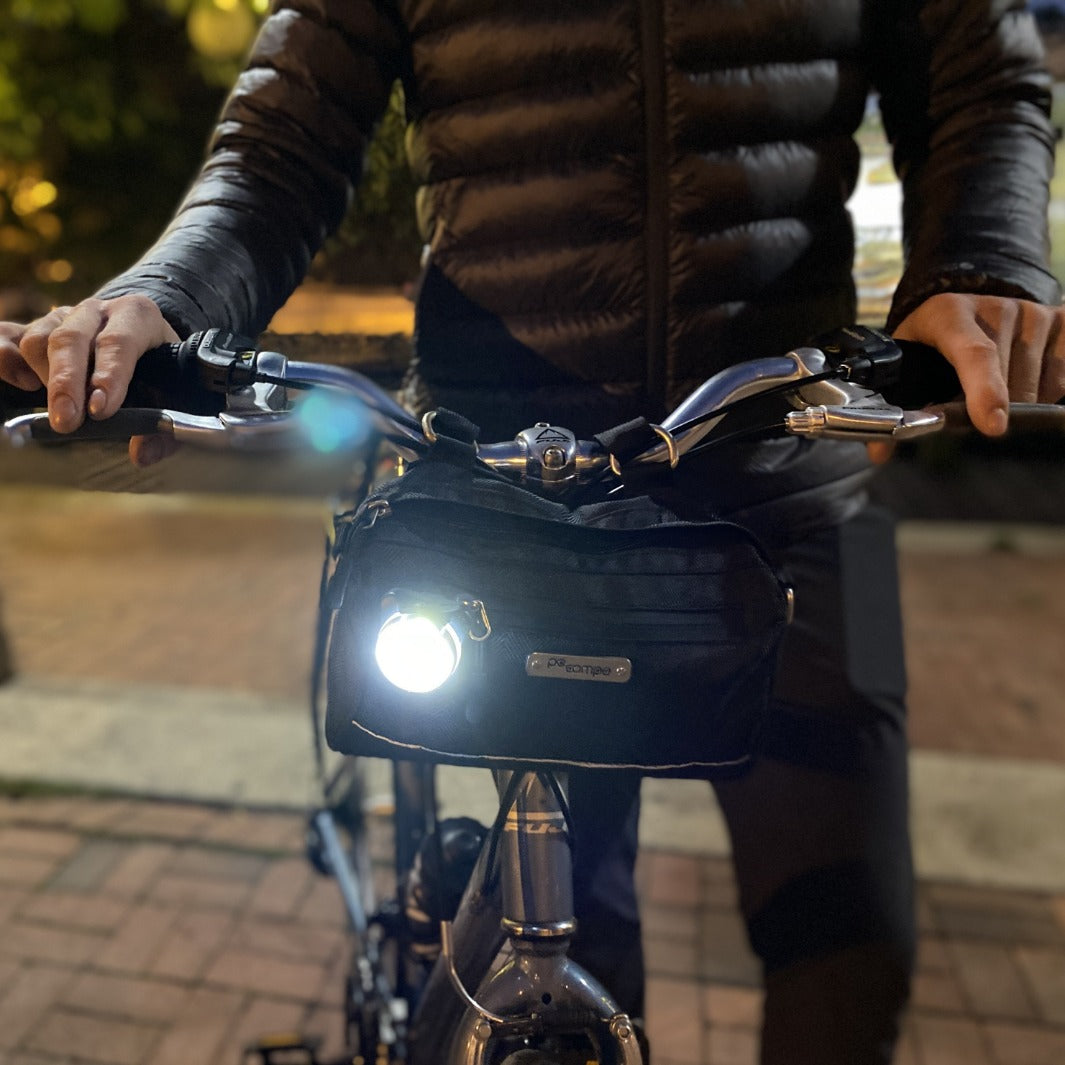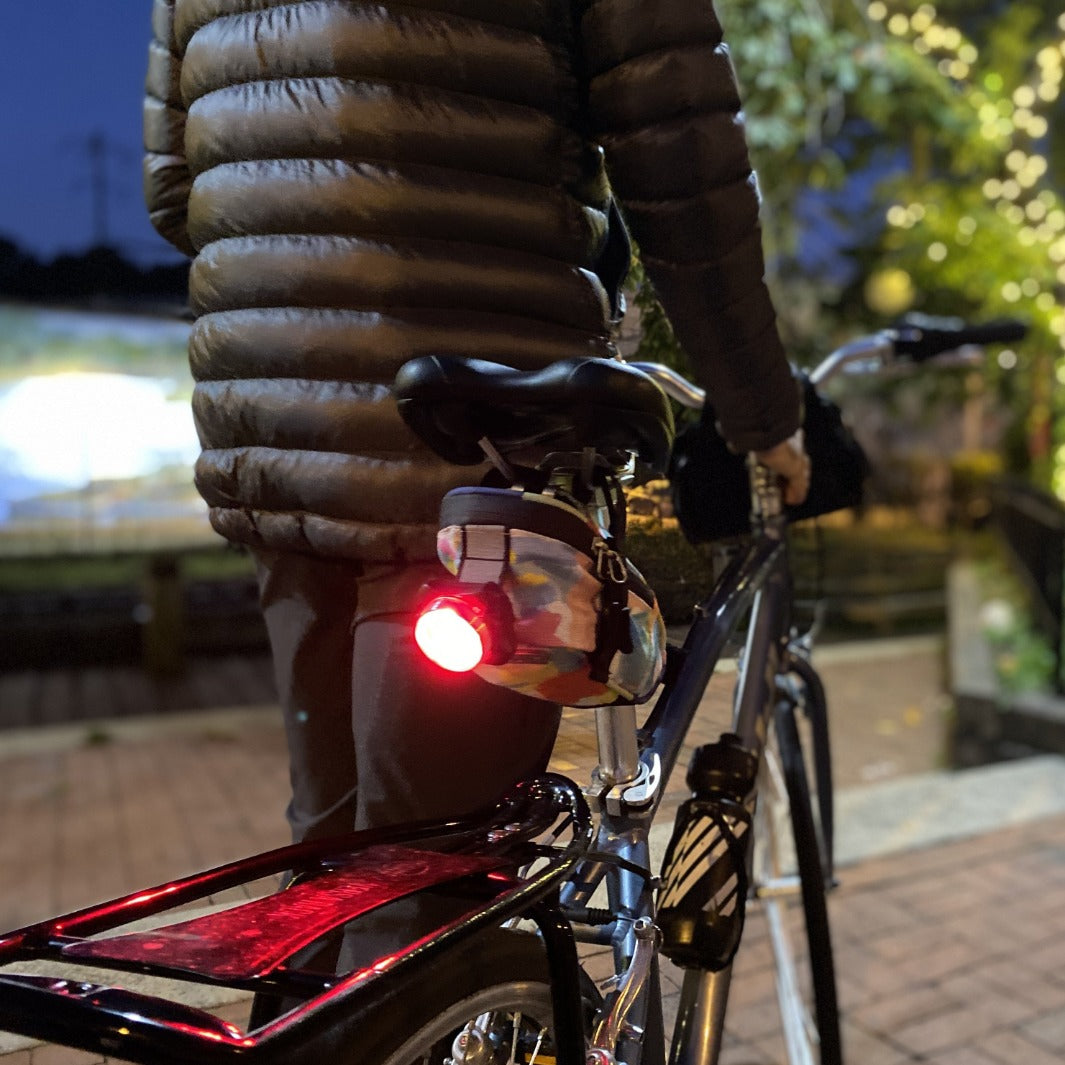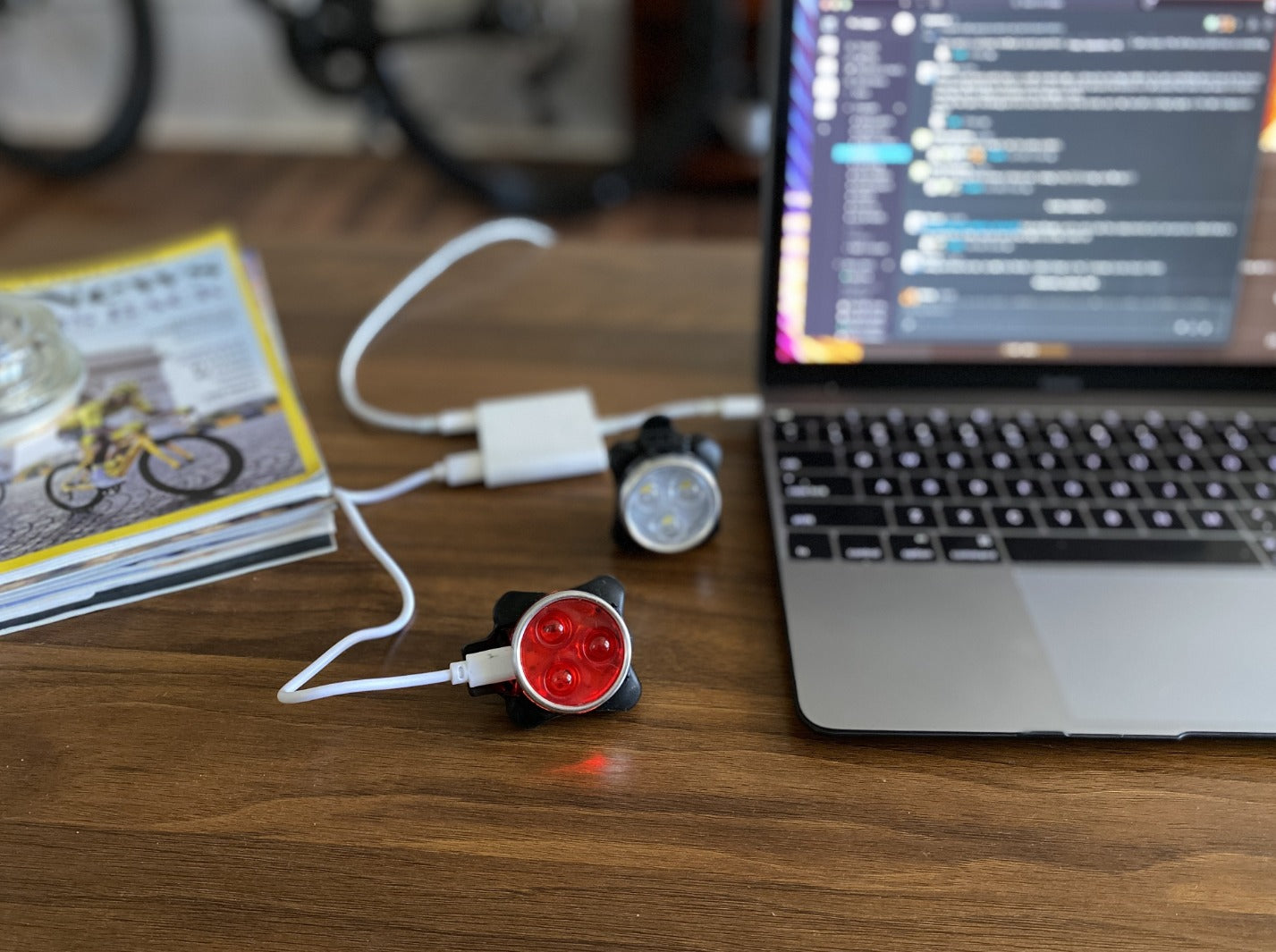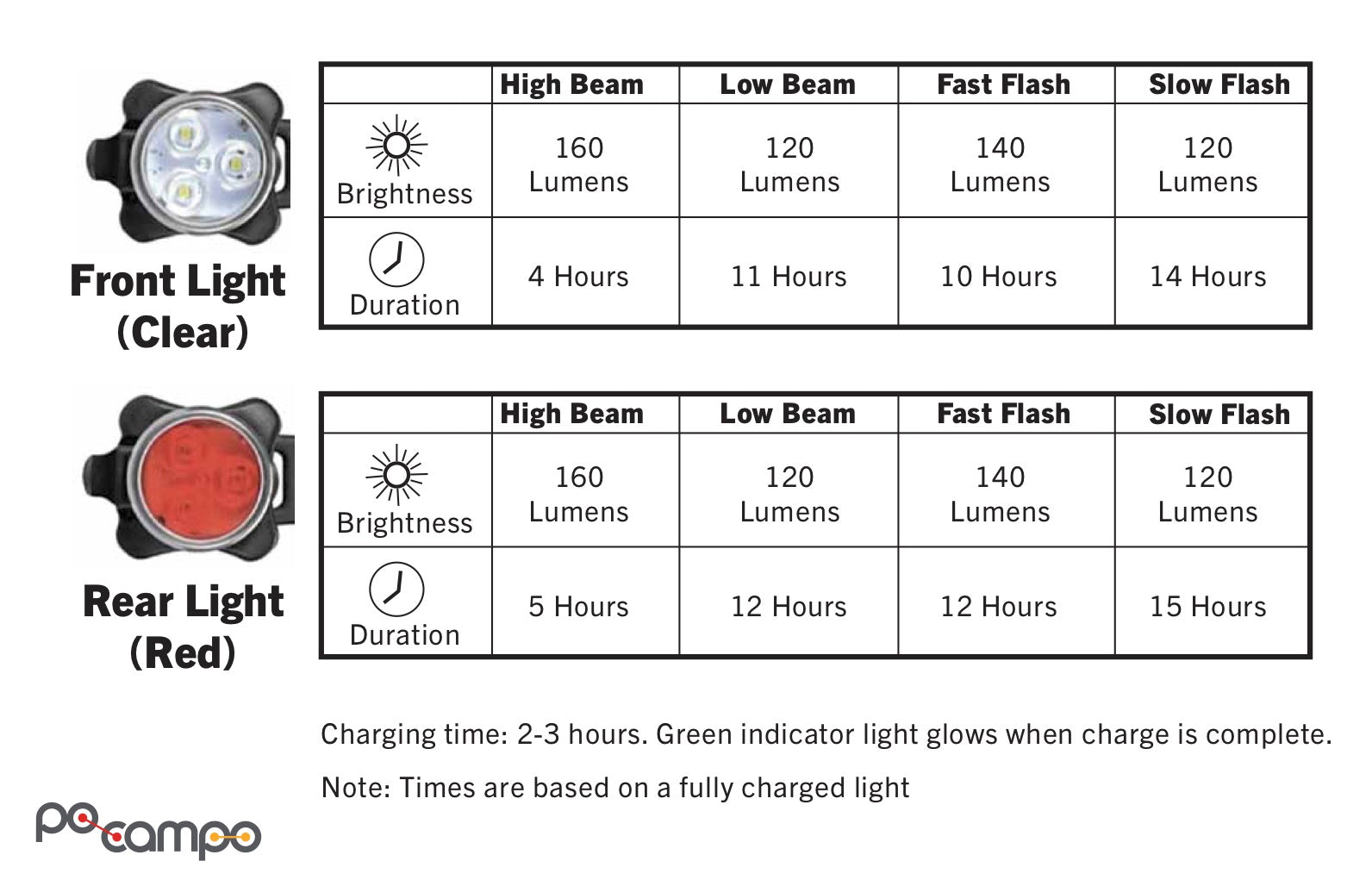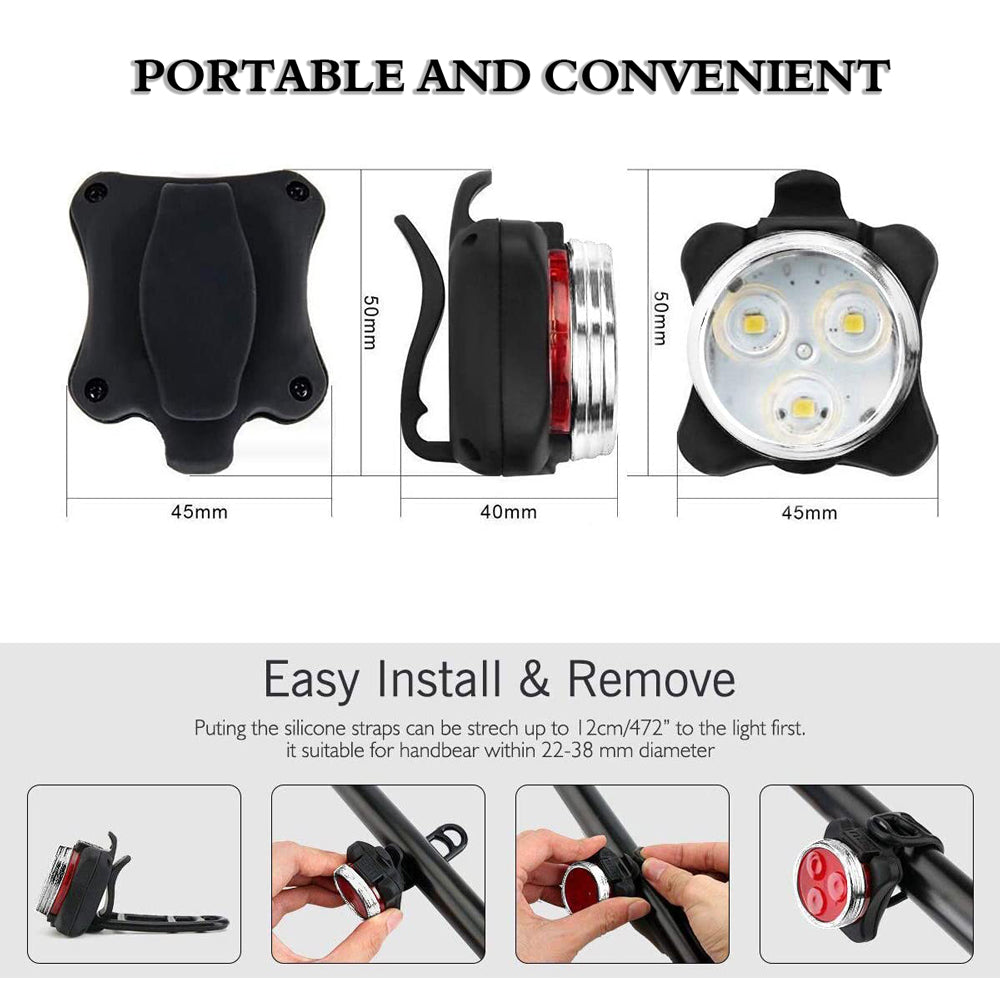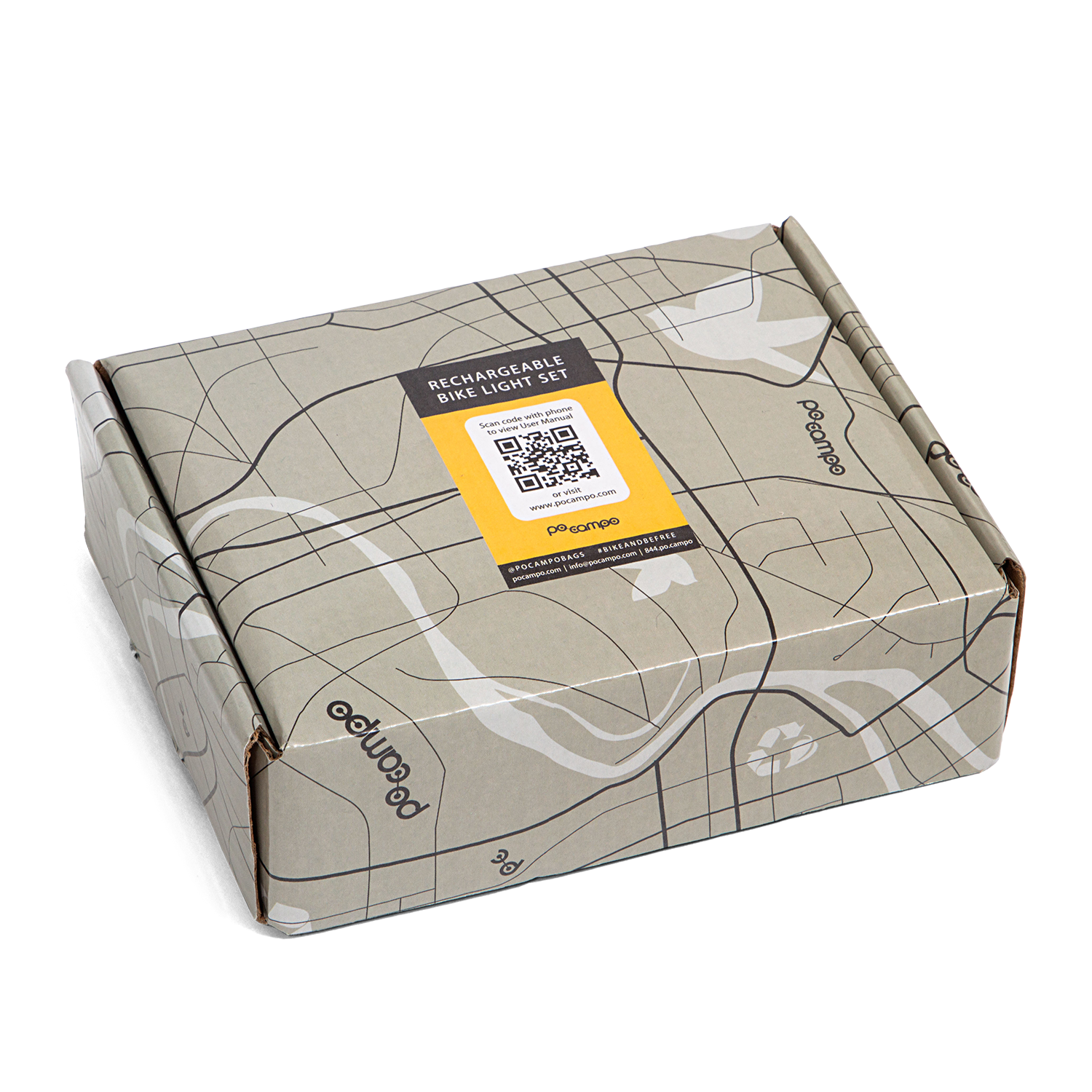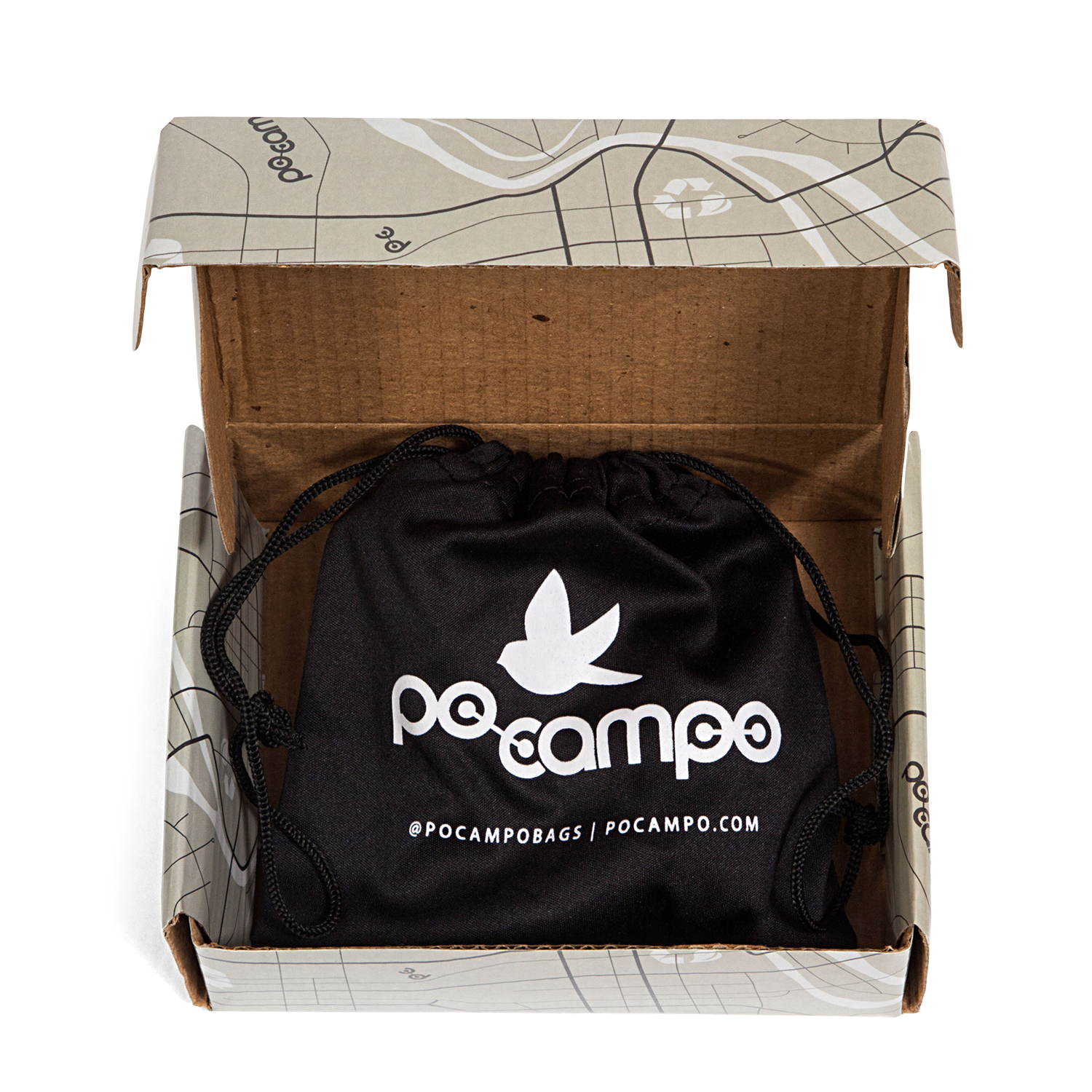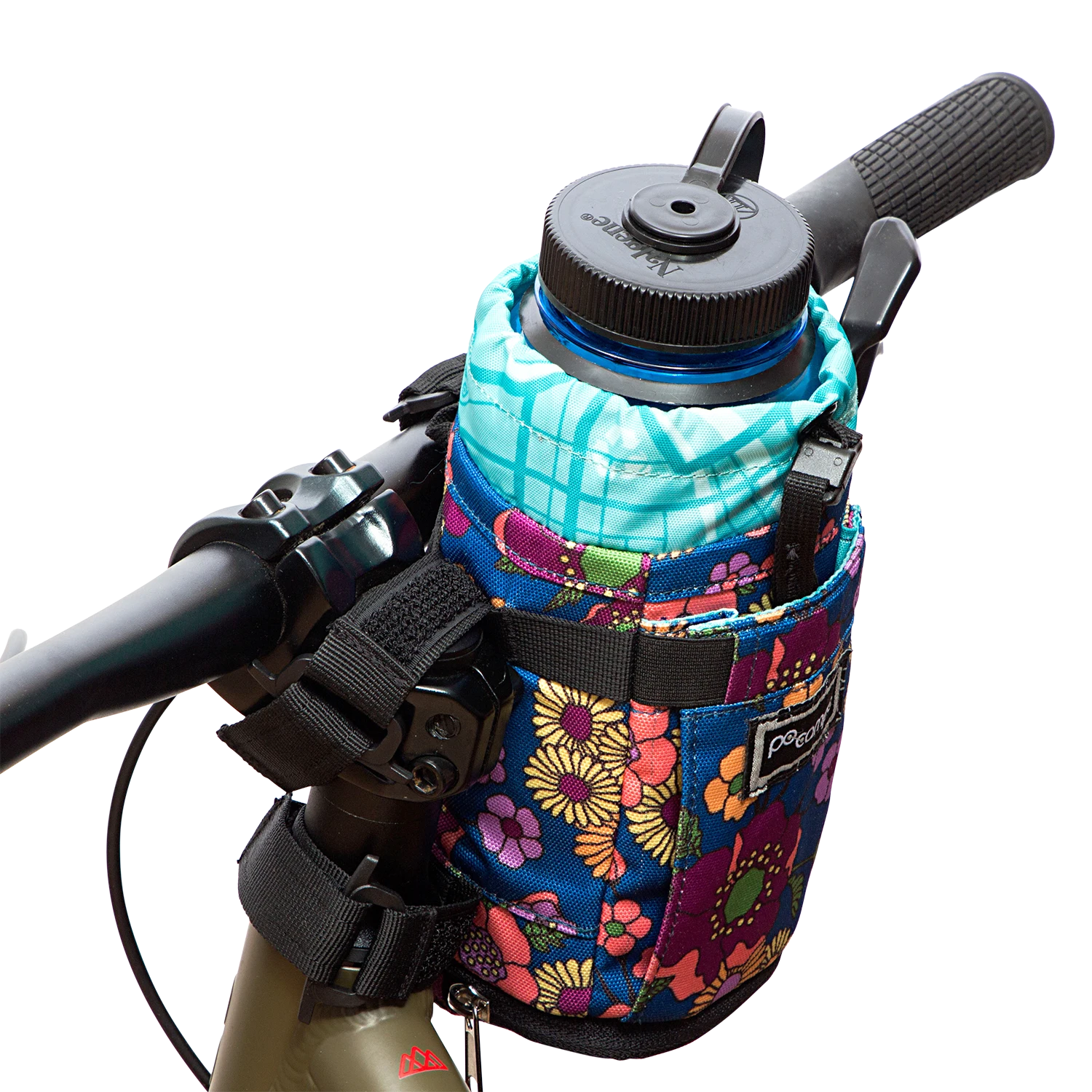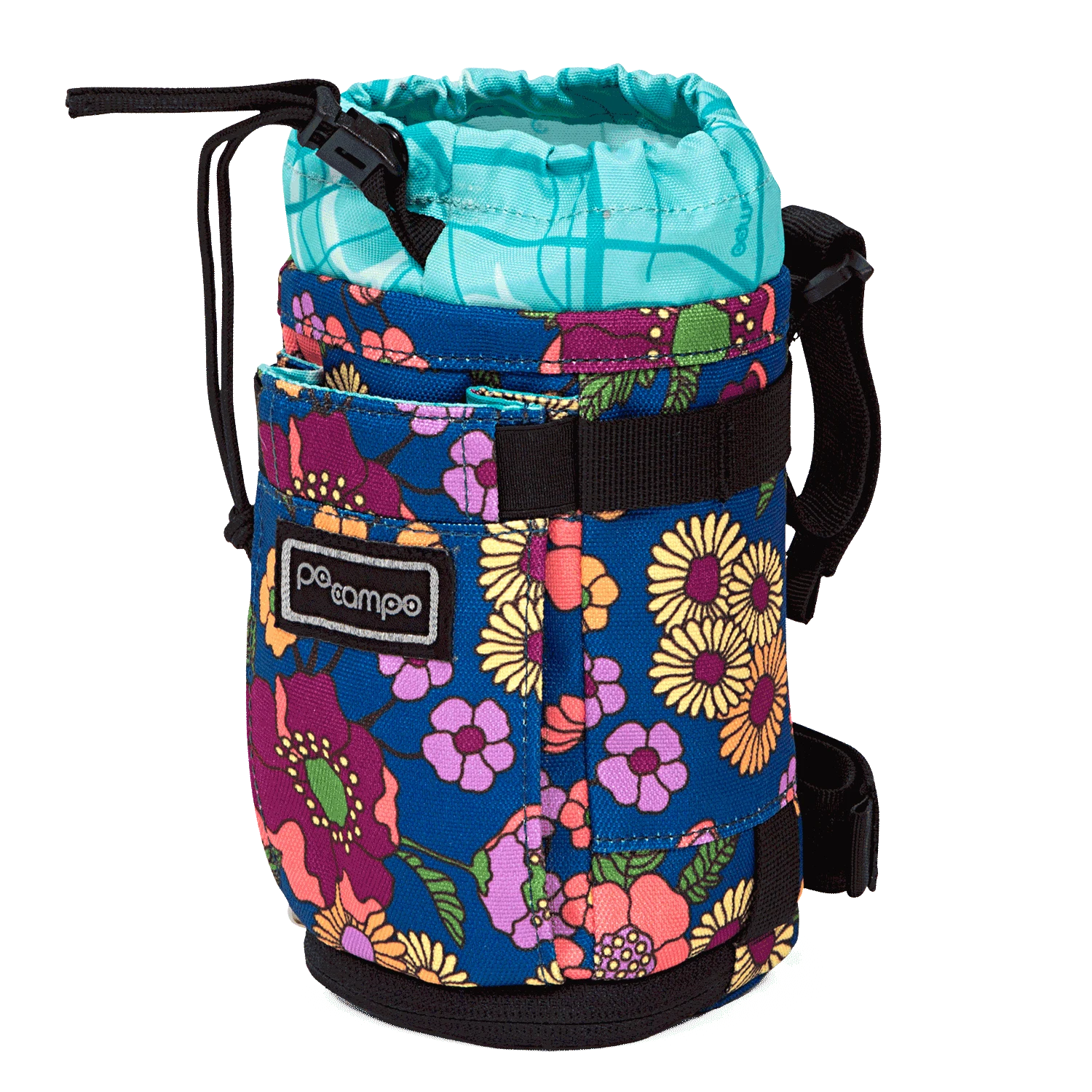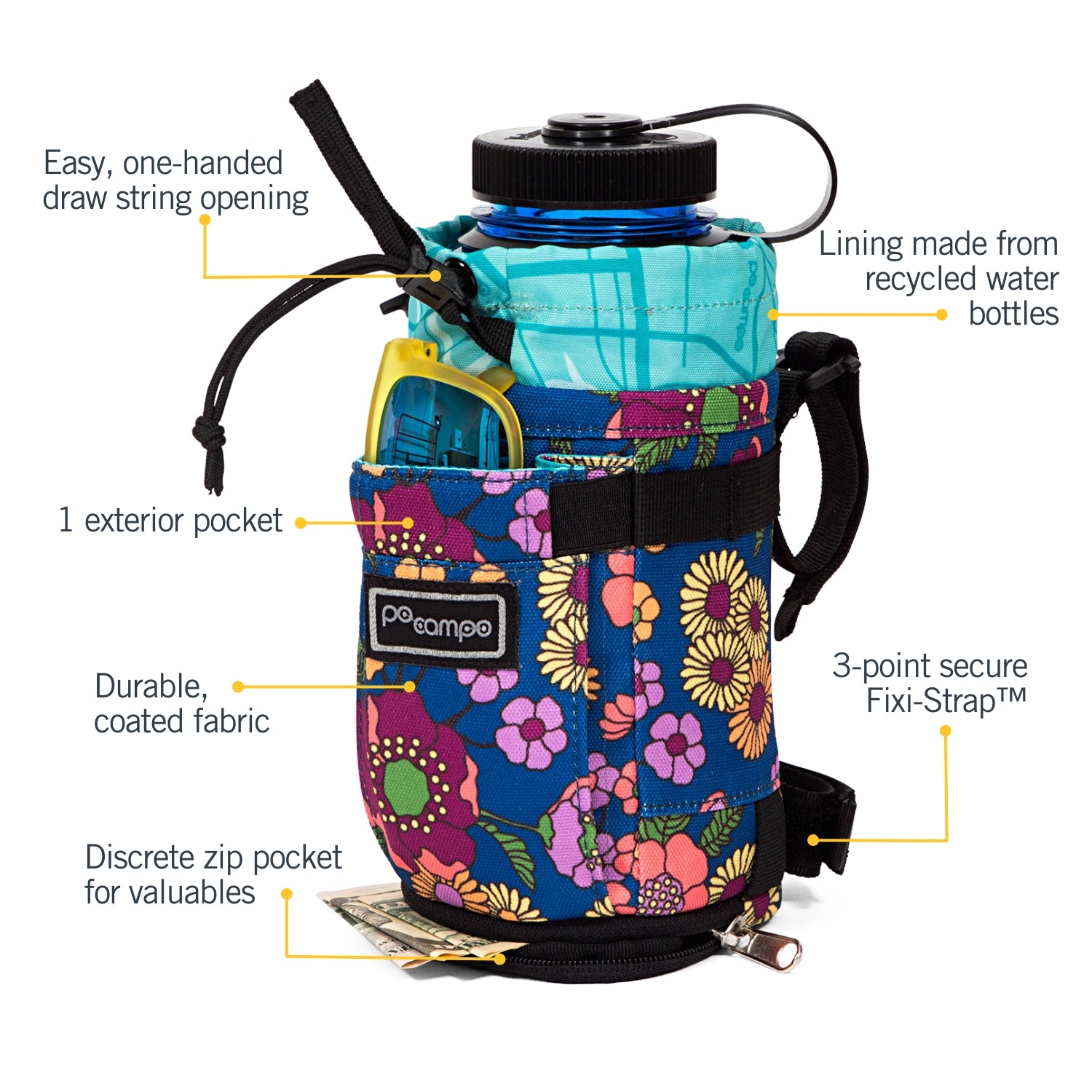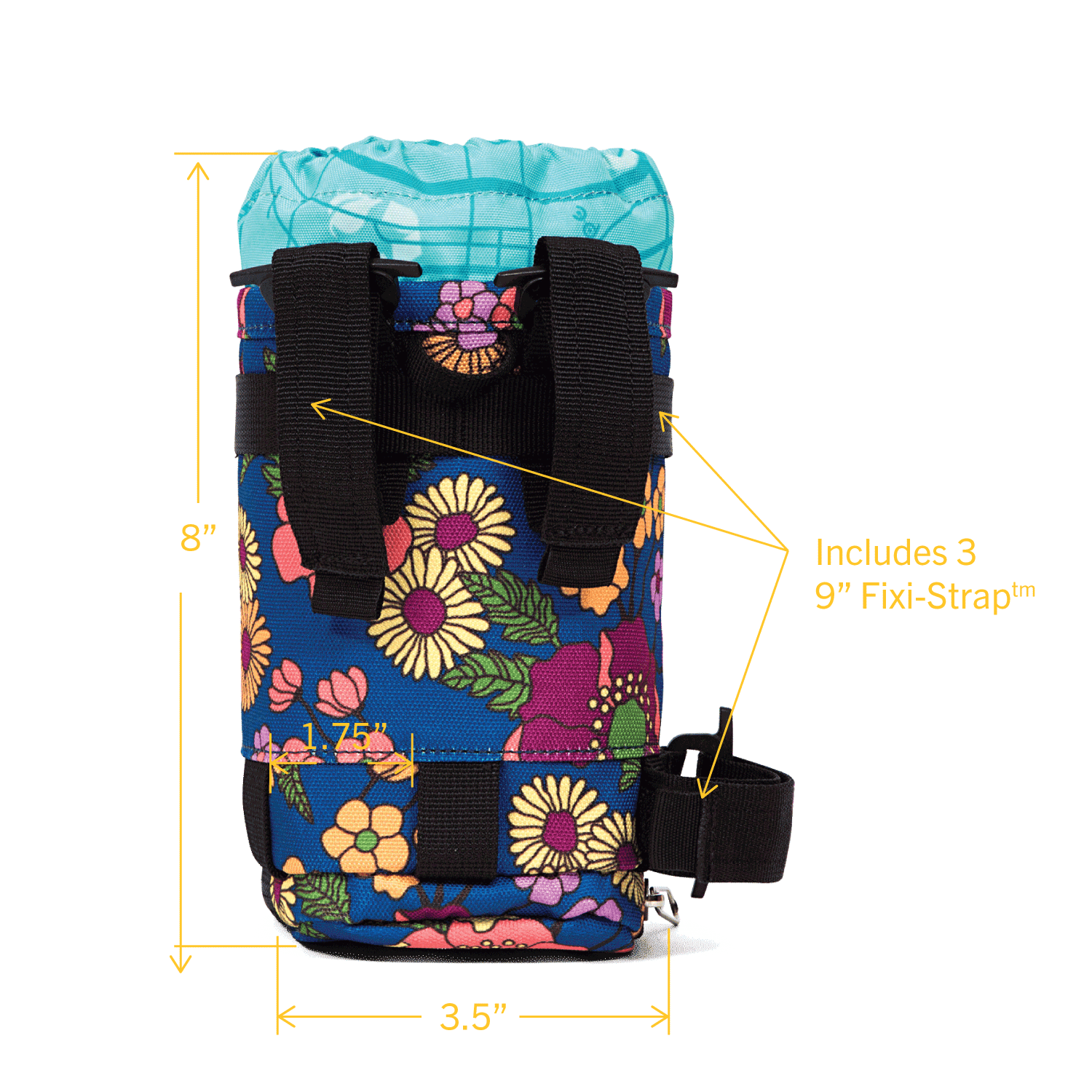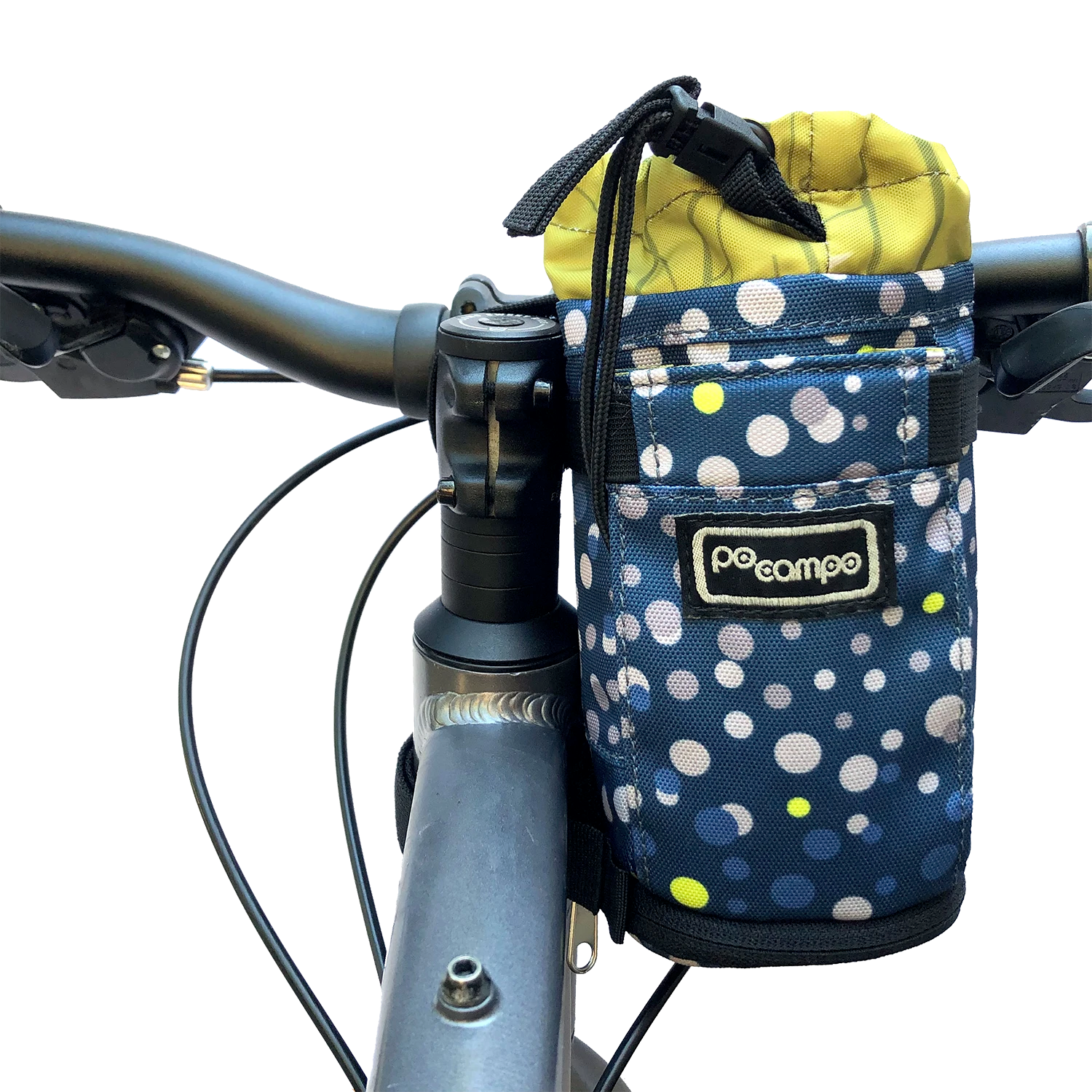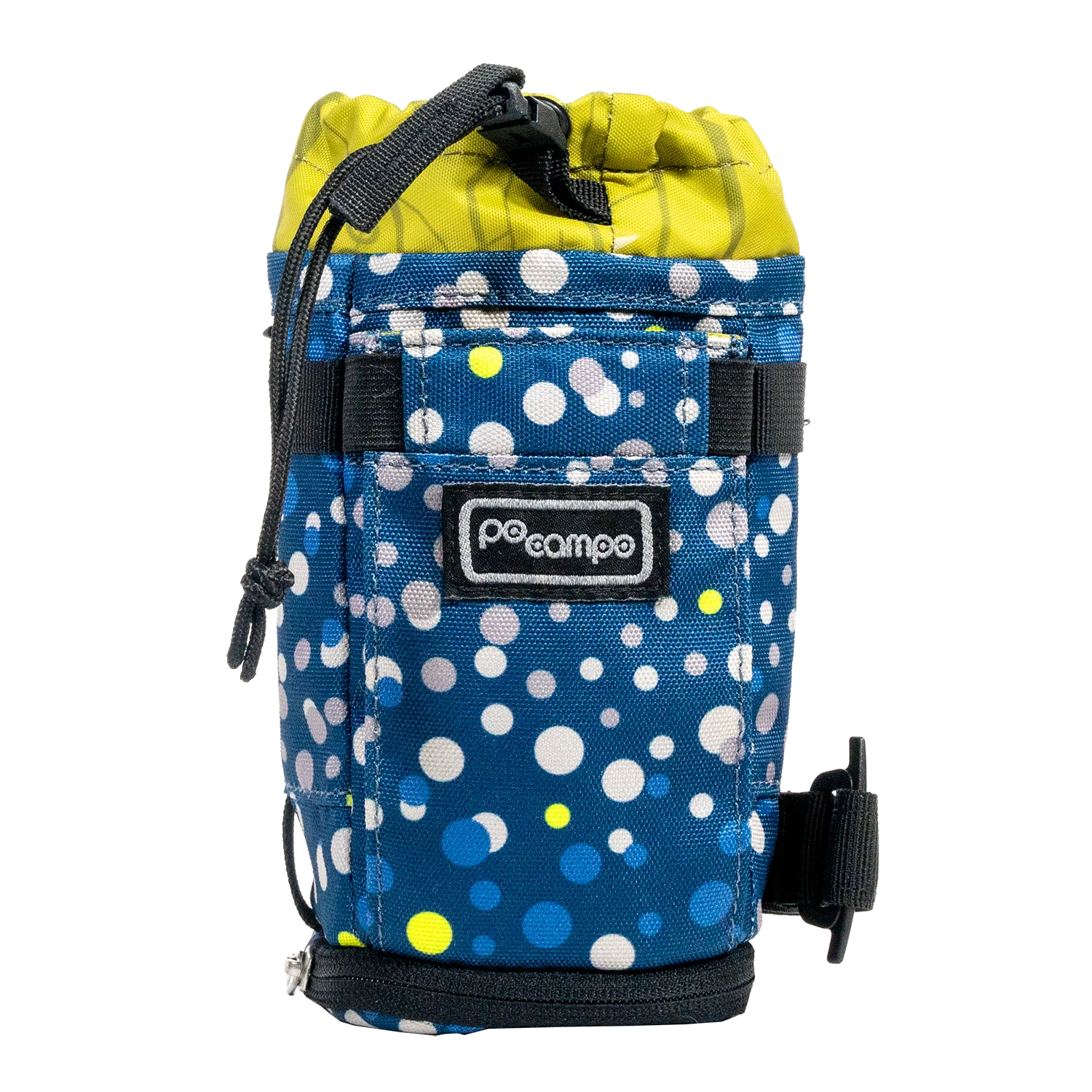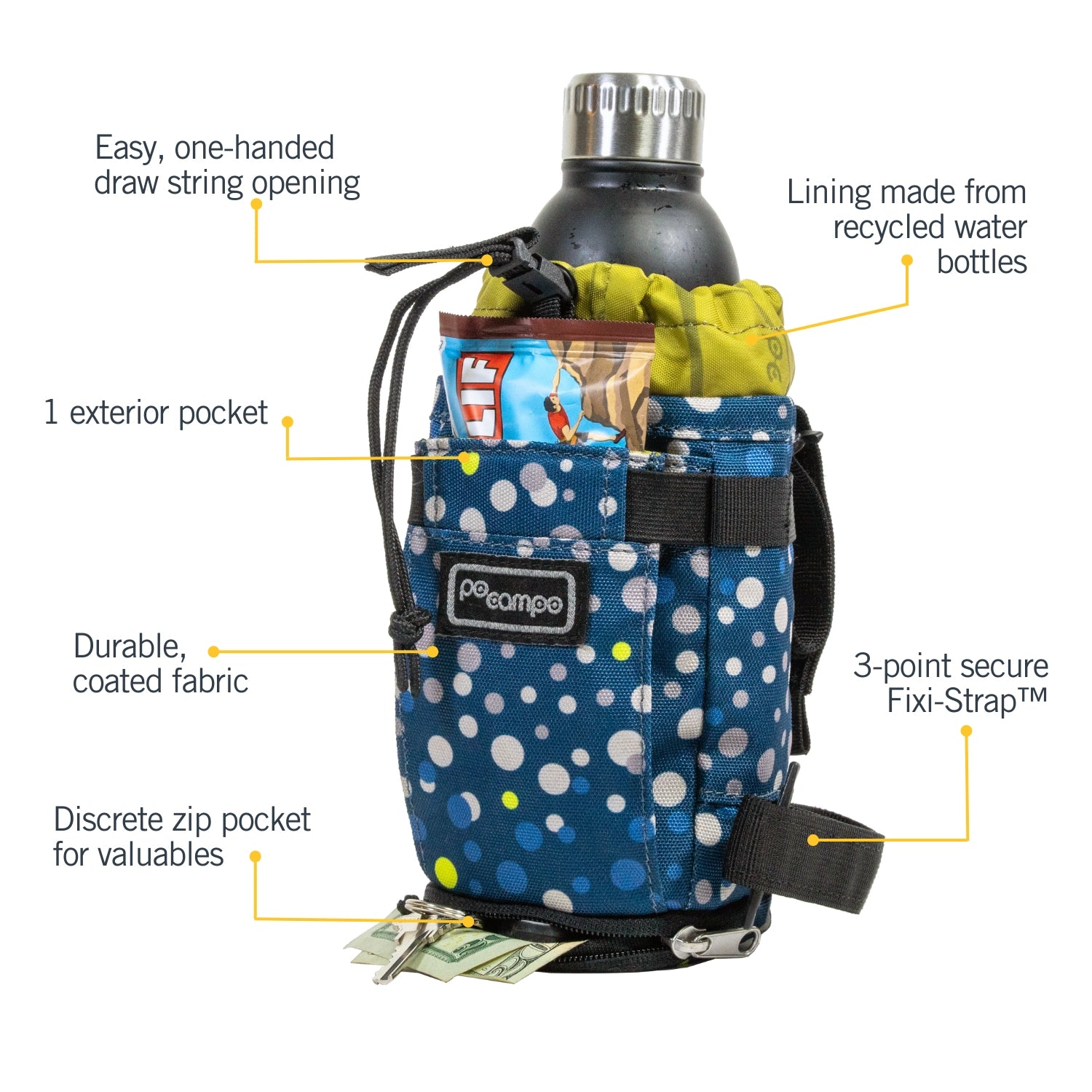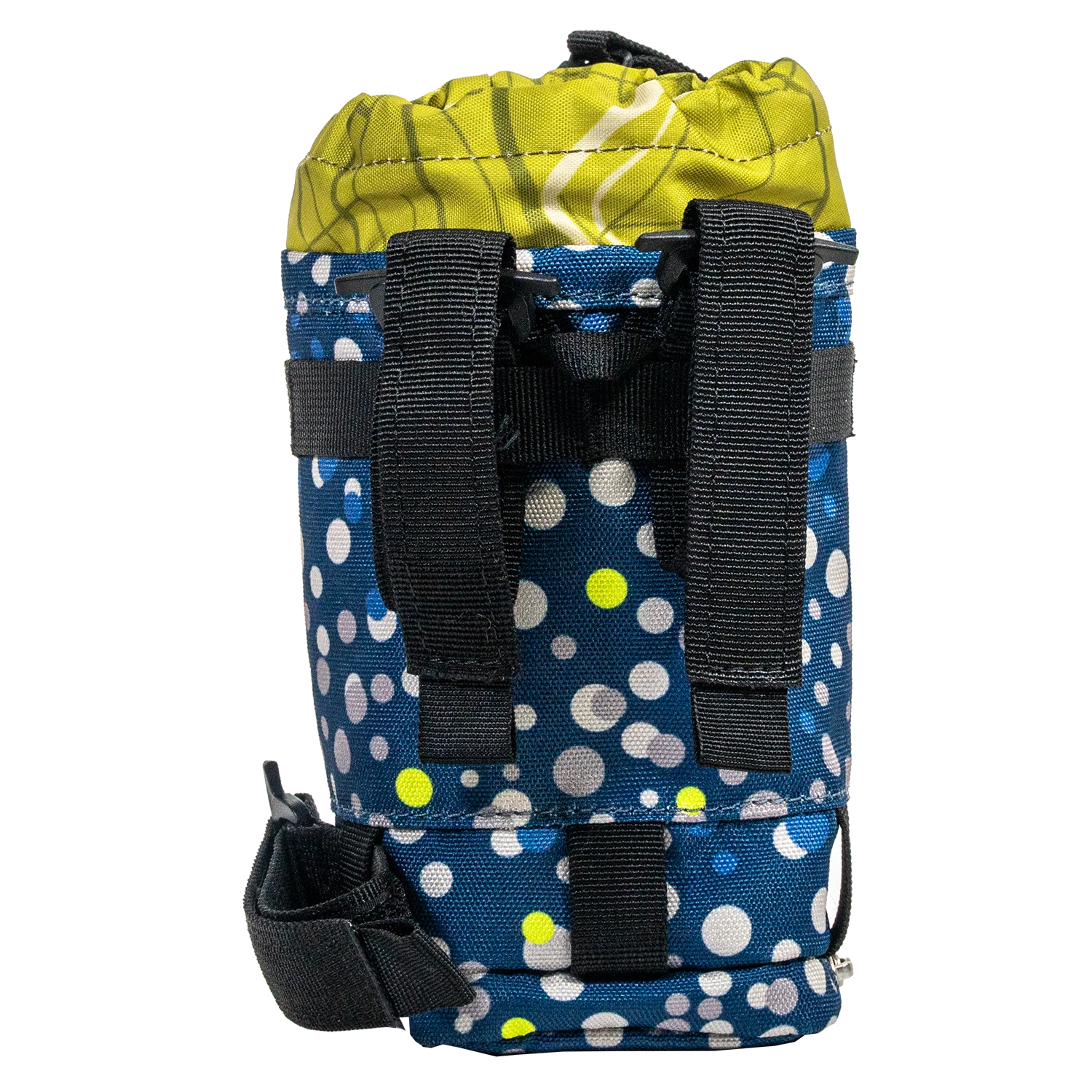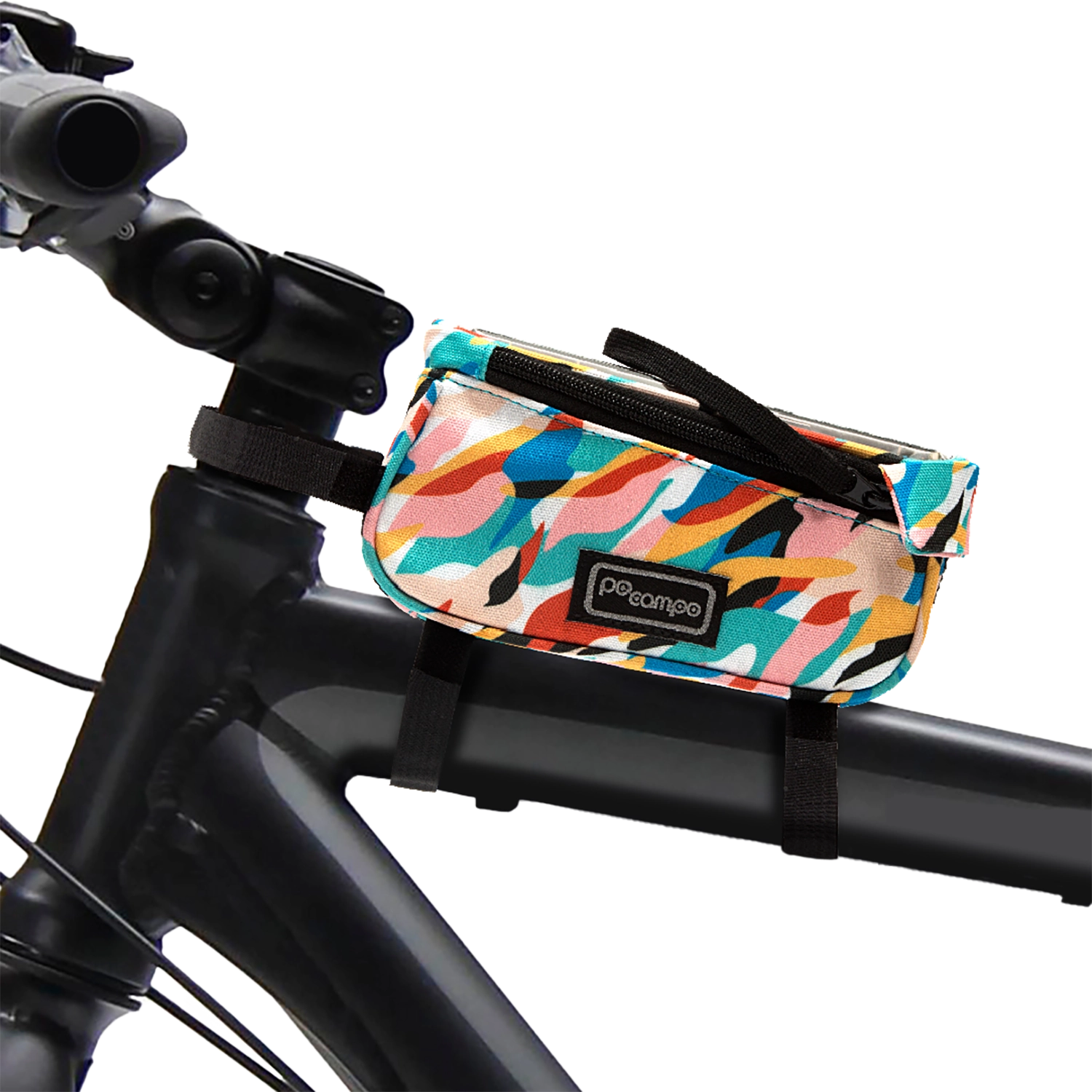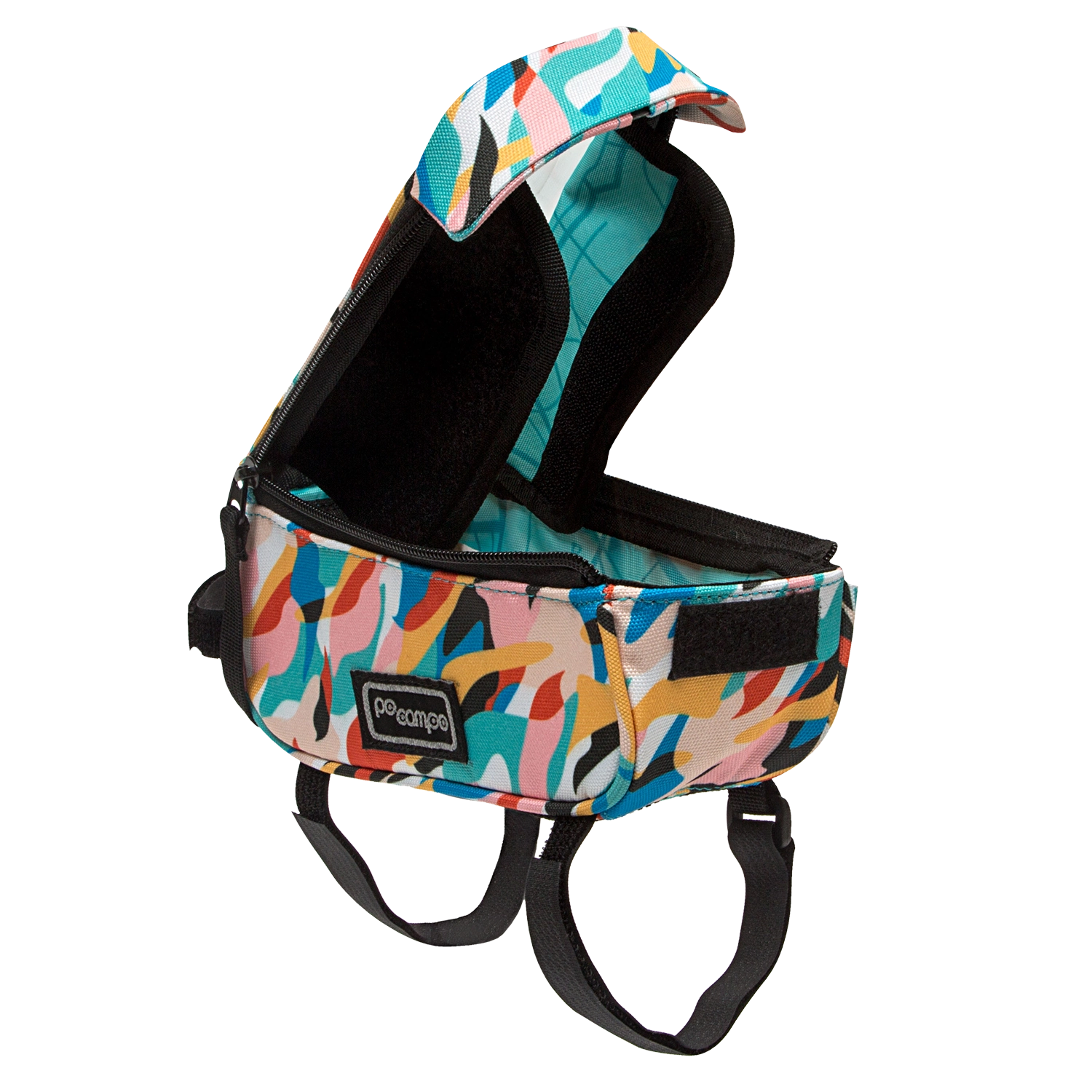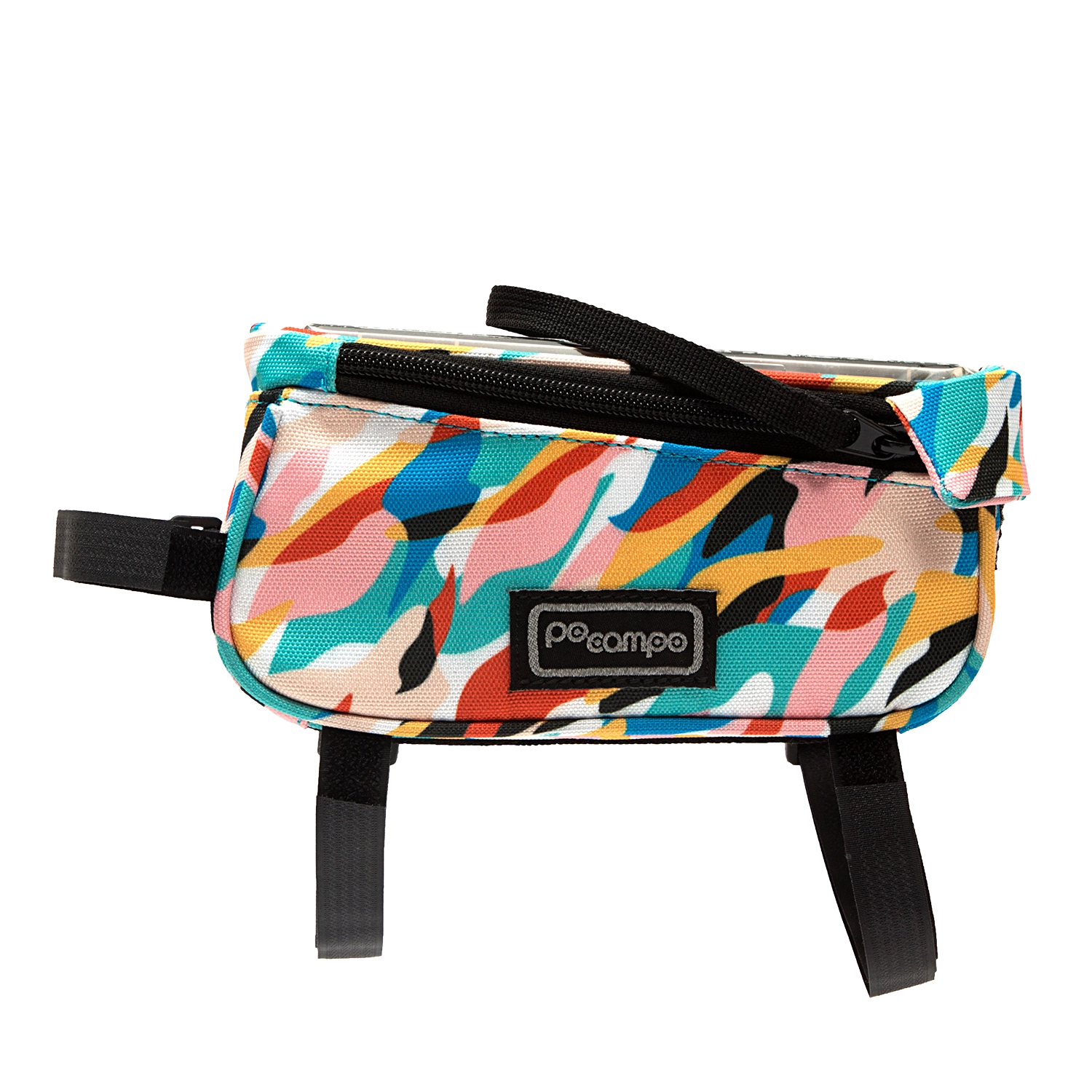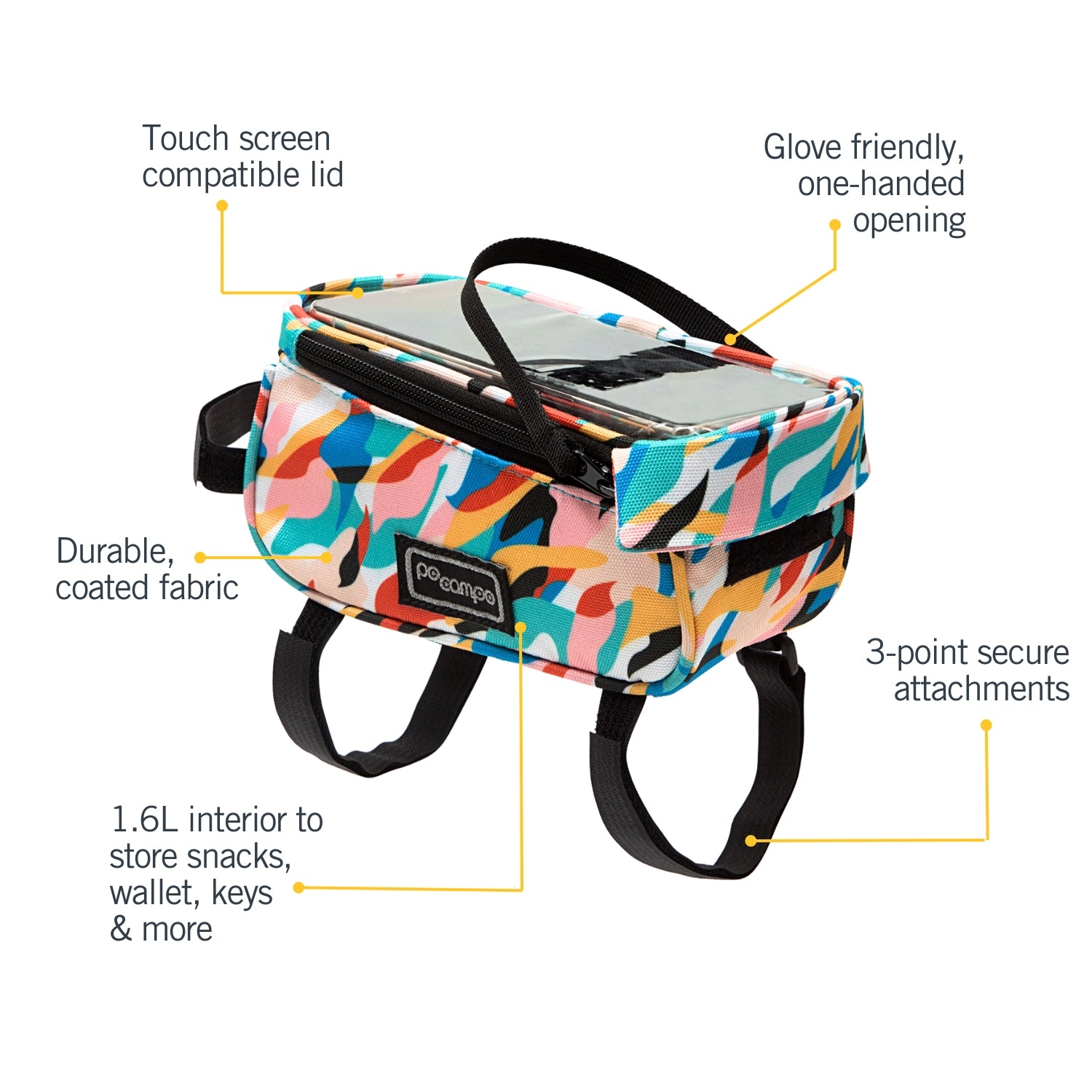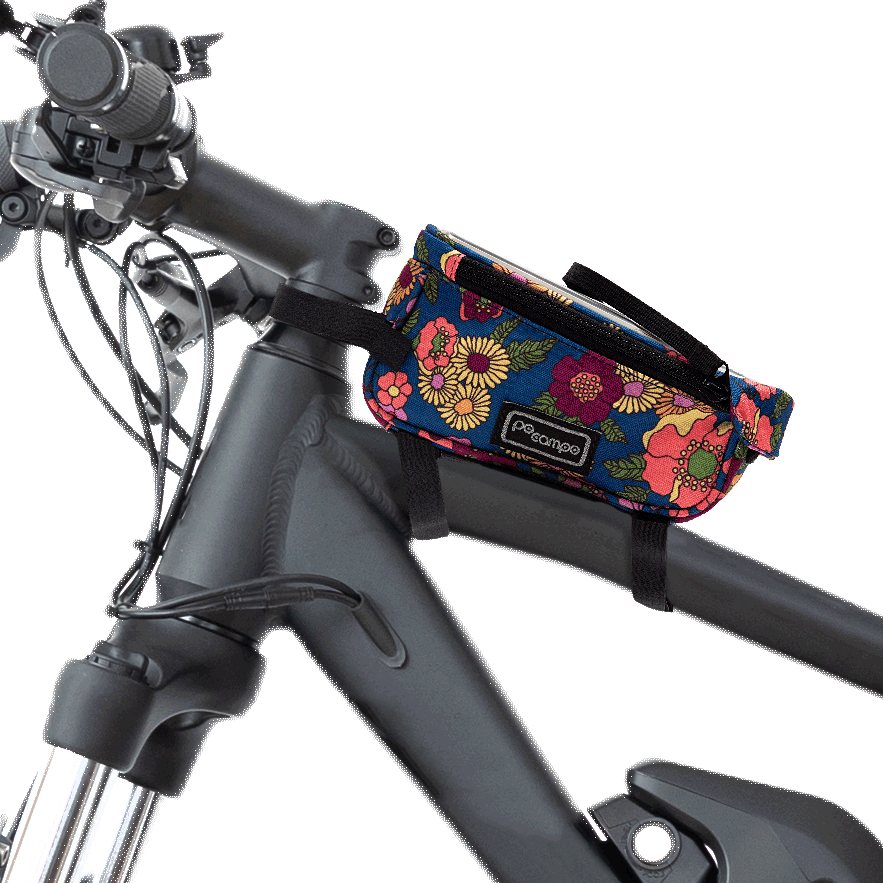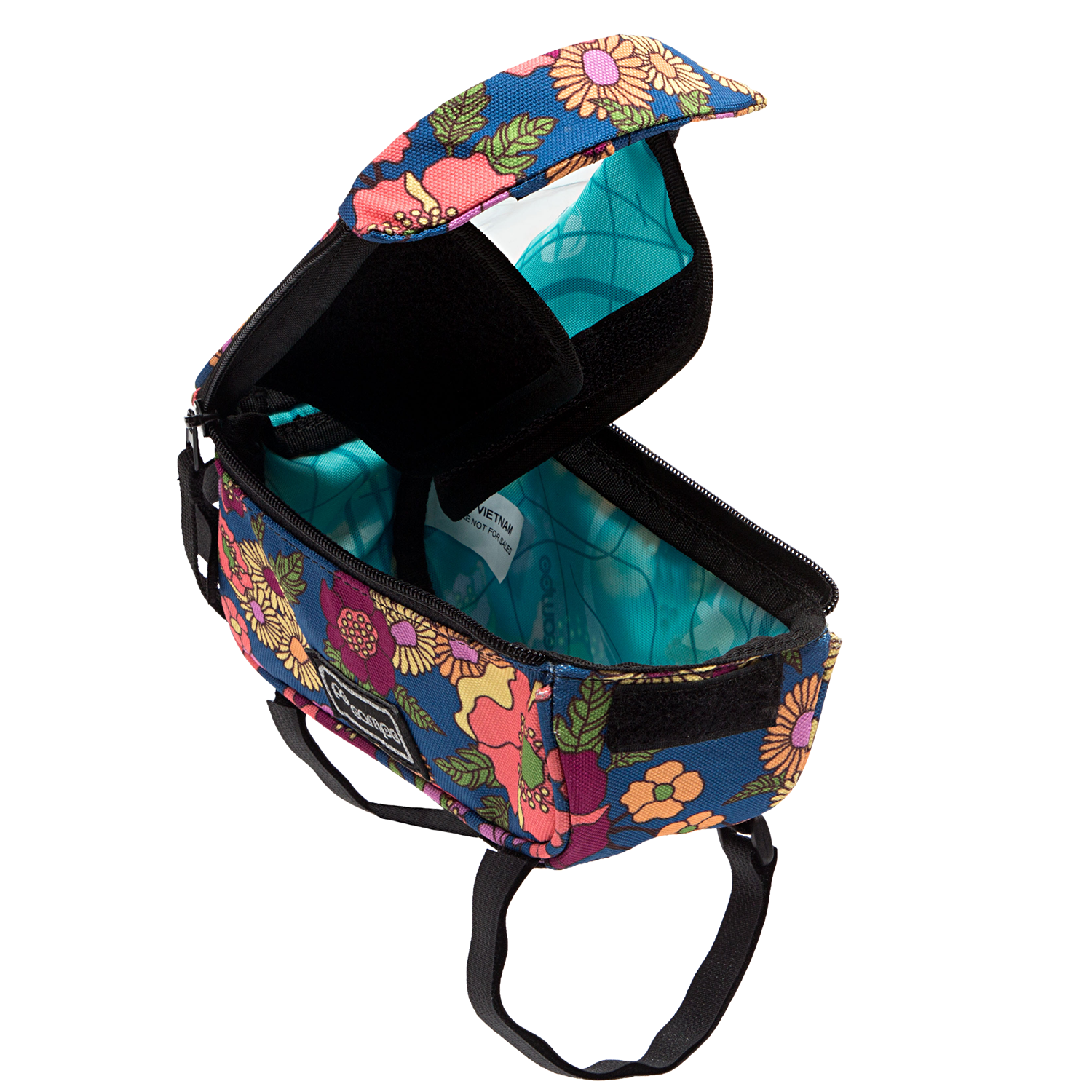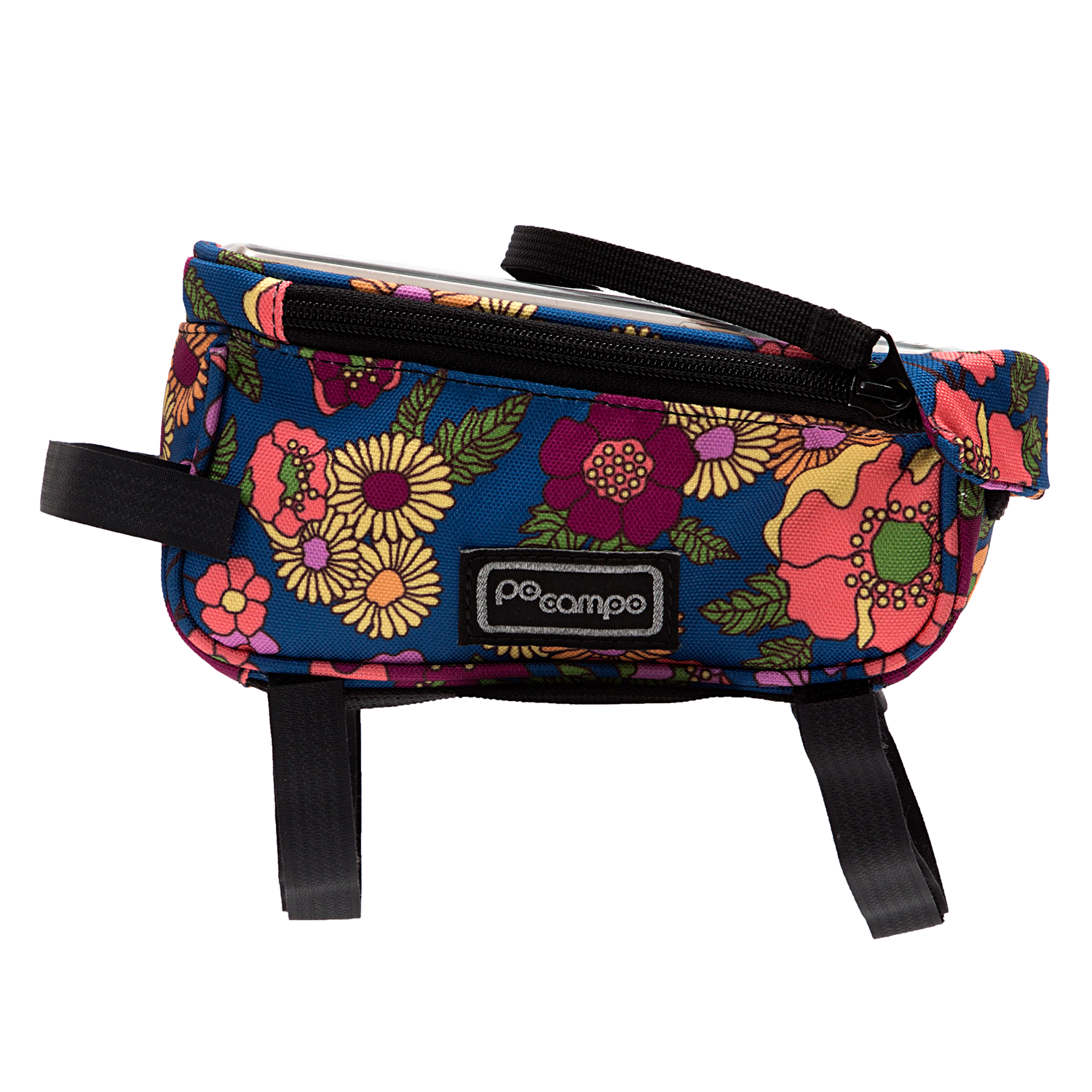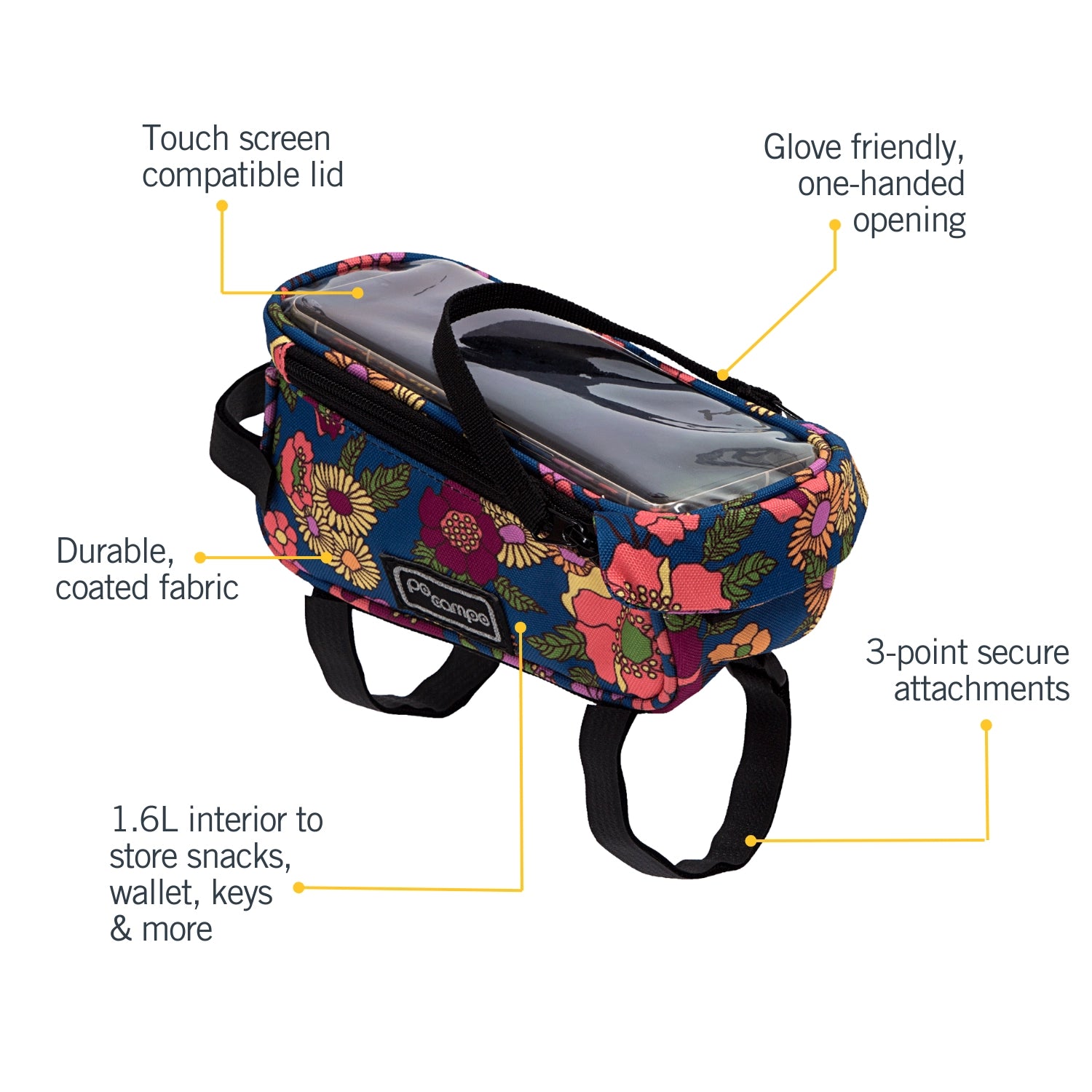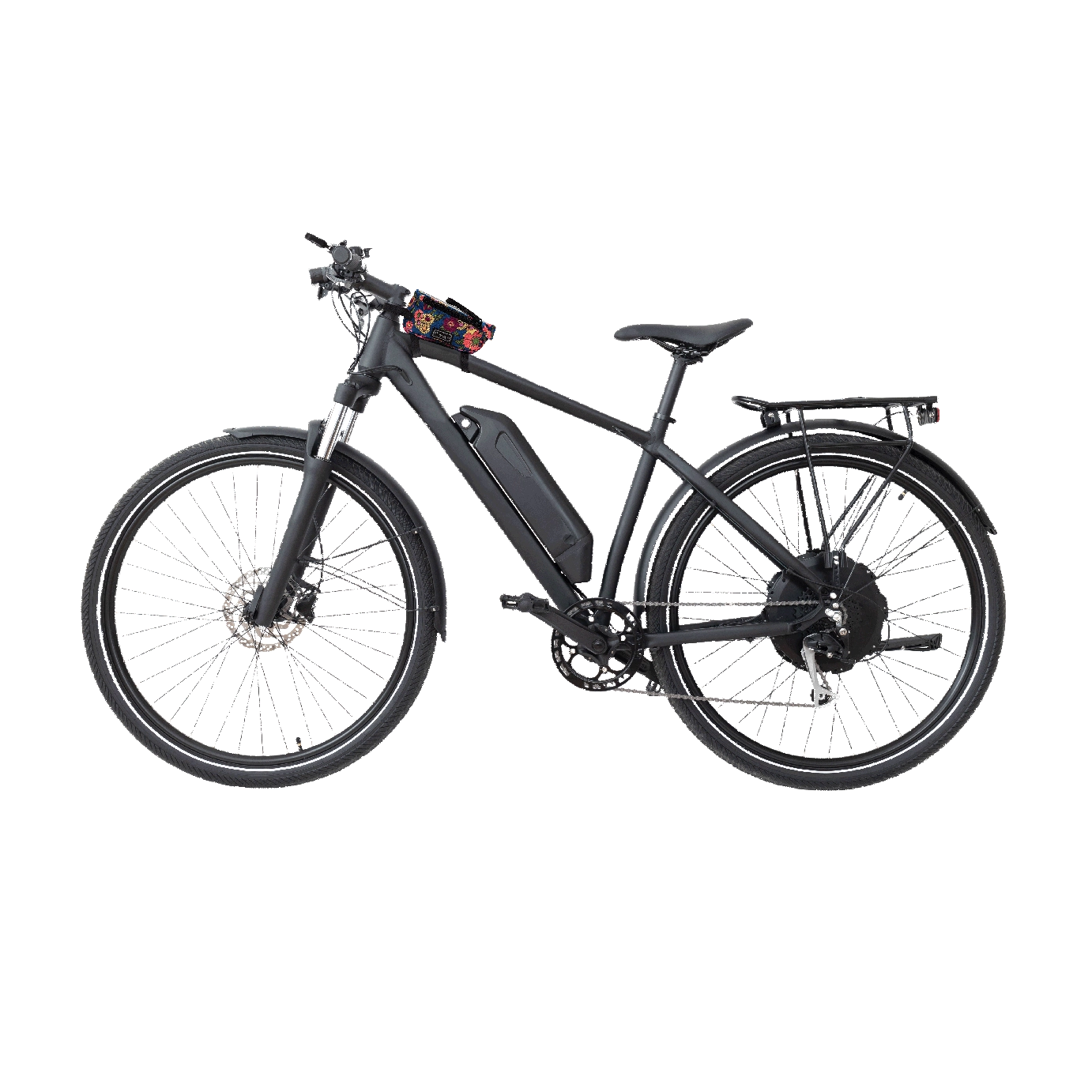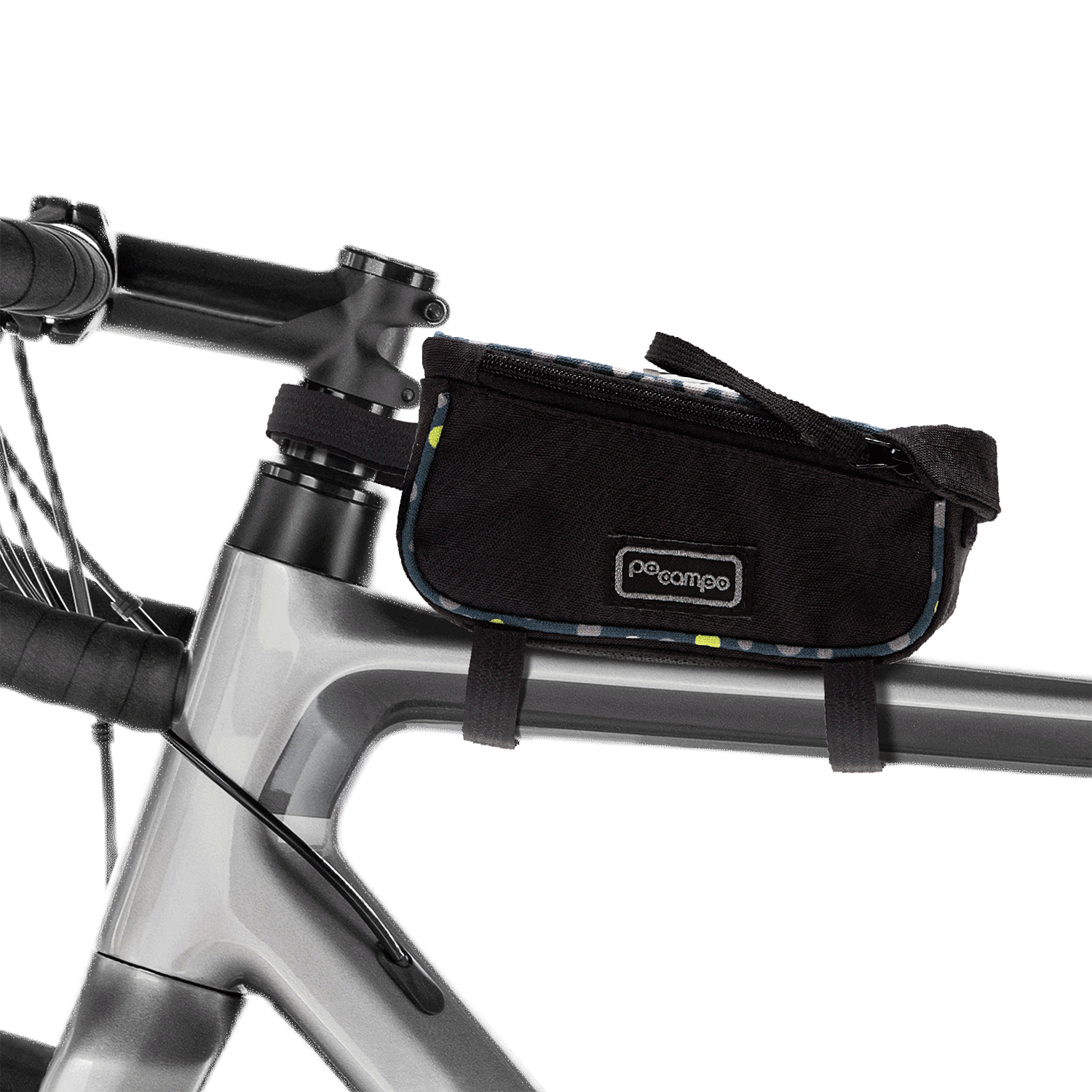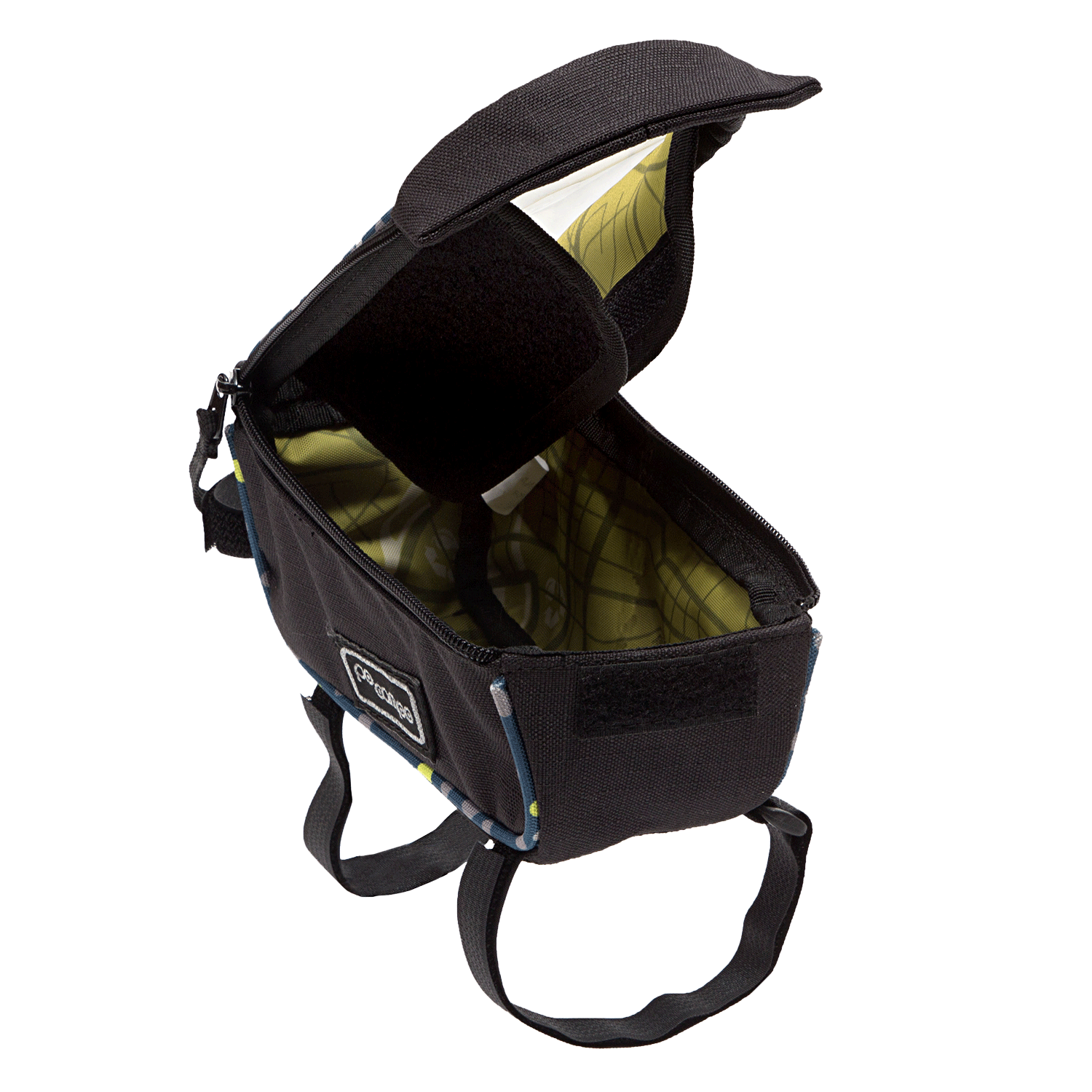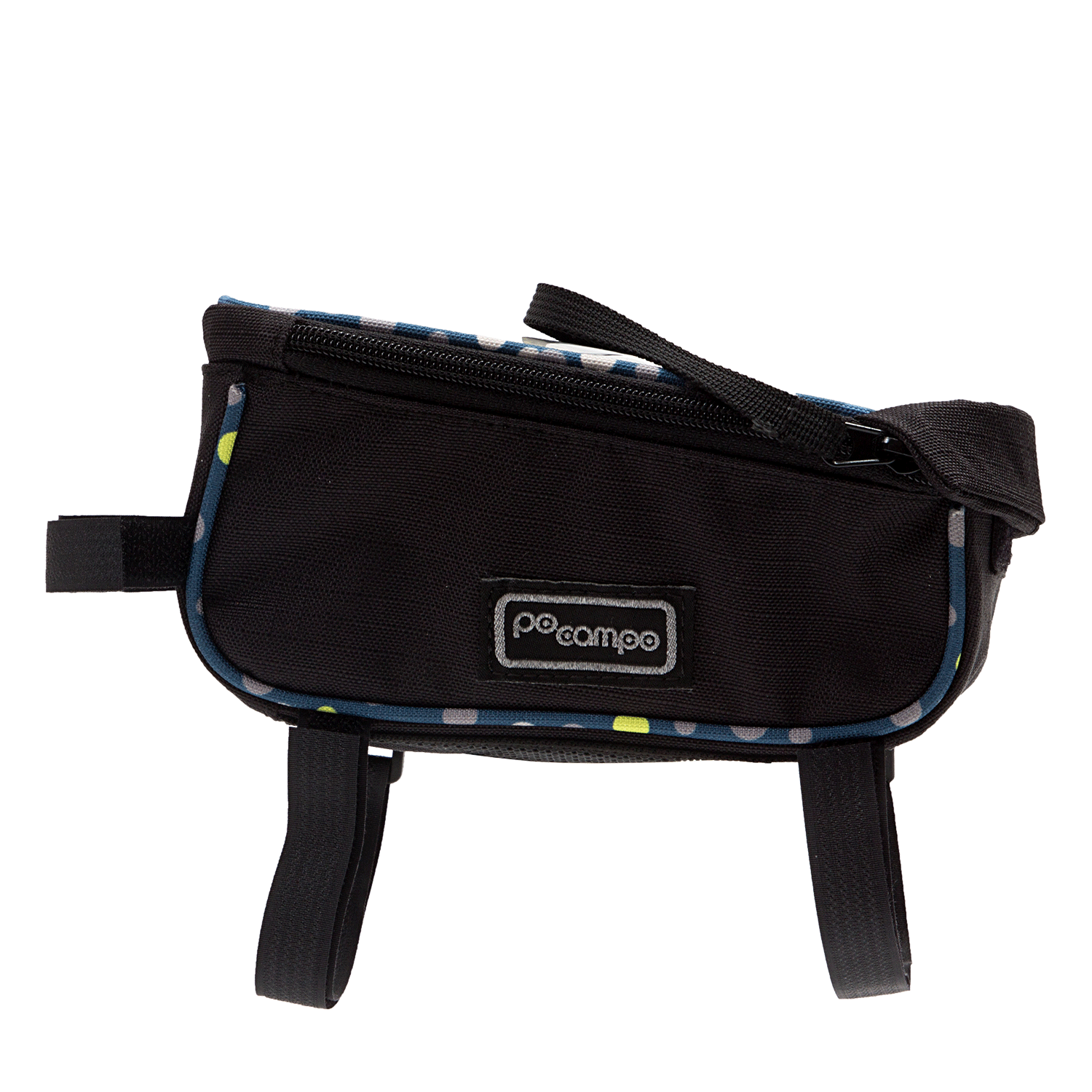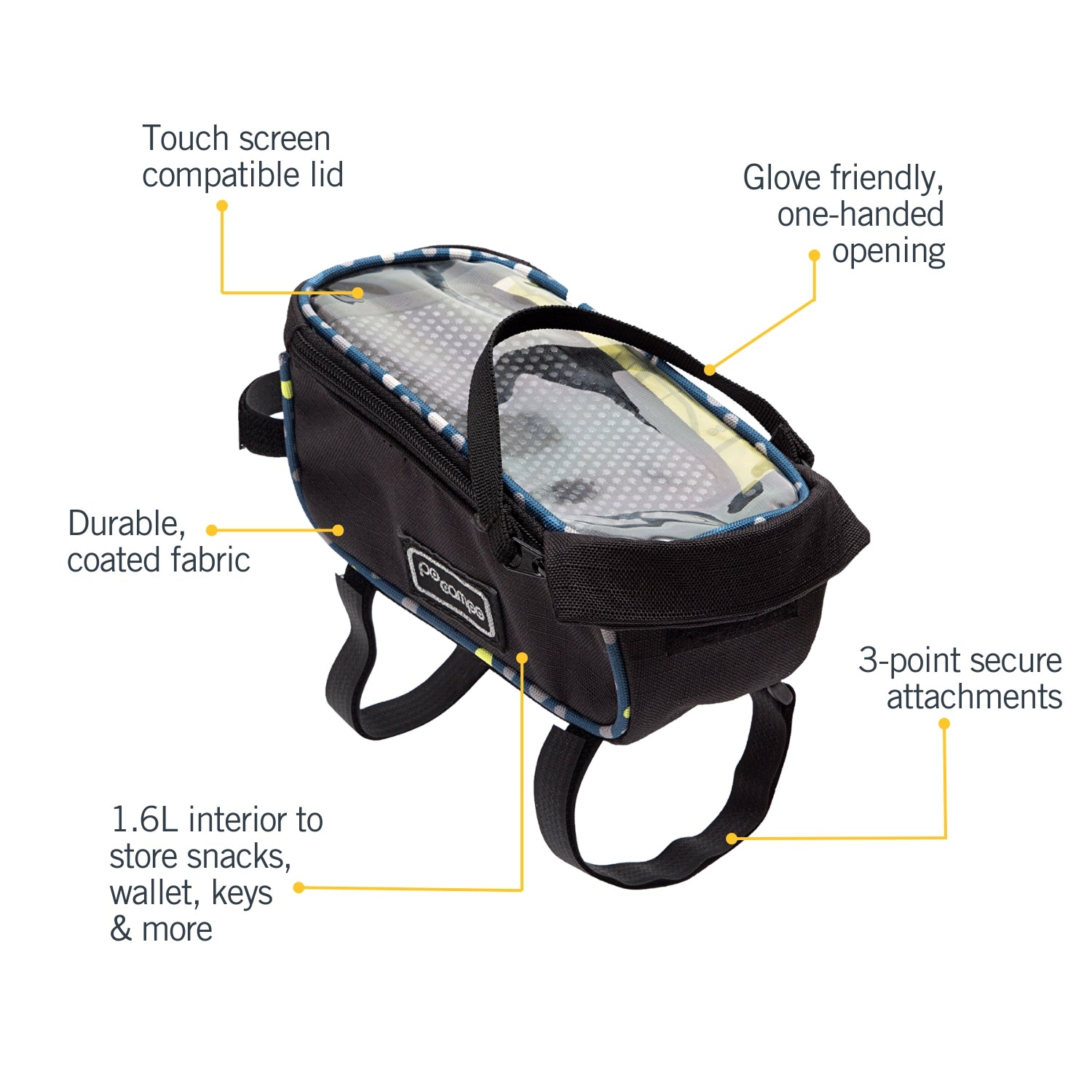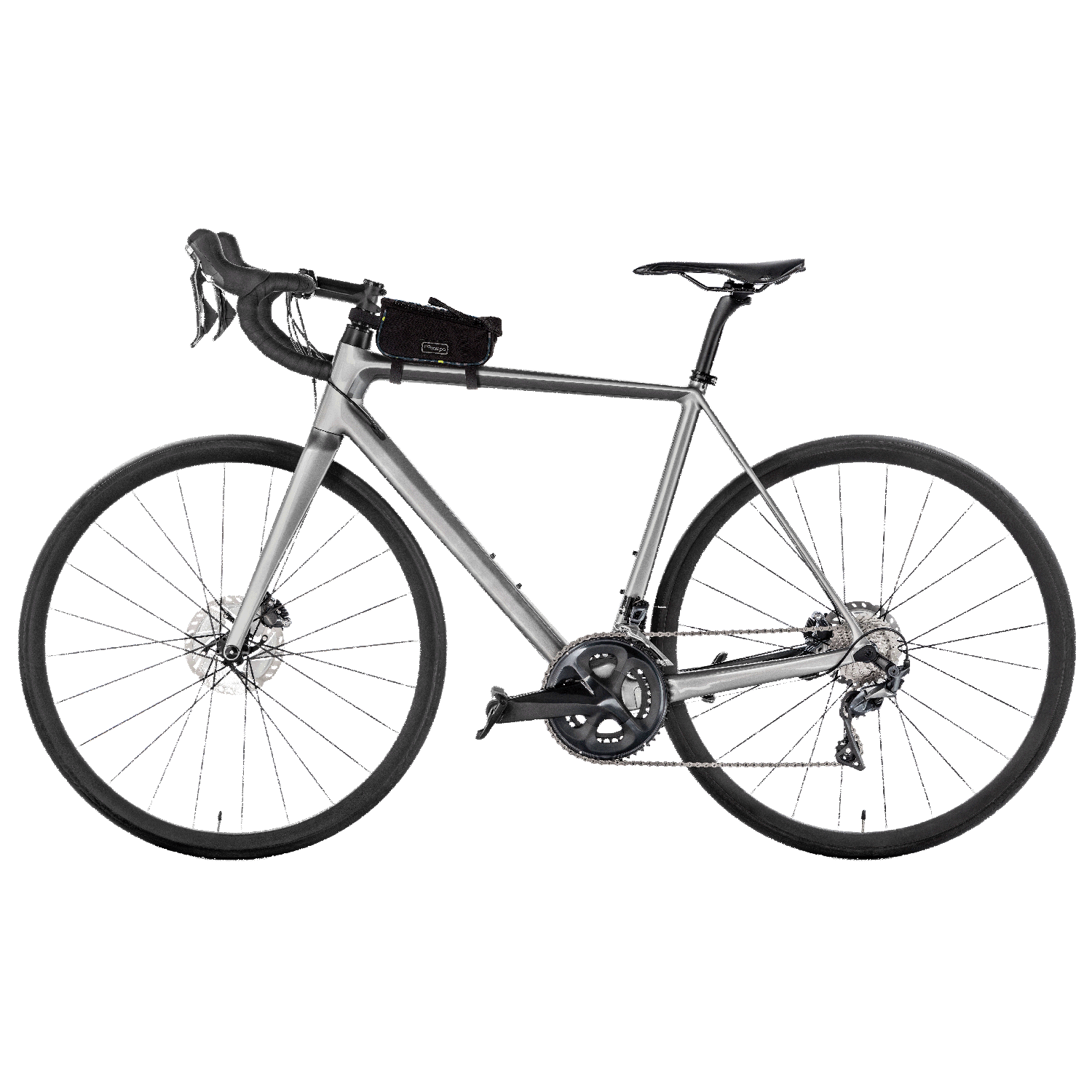
Gravel biking, also known as adventure cycling or gravel grinding, has surged in popularity in recent years as cyclists seek new challenges and exploration opportunities off the beaten path. Sometimes, you just want to spend endless hours on your bike, chatting with friends and soaking in the scenery. Gravel paths are often the perfect place to disconnect from daily life with fewer distractions than busy roads and no cars at all.
Combining elements of road cycling and mountain biking, gravel biking offers a unique and exhilarating experience that allows riders to traverse diverse terrain, from dirt roads and gravel paths to rugged bike trails and backcountry routes. If you're eager to embark on your own gravel biking adventure but unsure where to begin, this comprehensive Po Campo guide will provide you with all the information and tips you need to get started.
Understanding Gravel Biking
Gravel biking is a versatile and inclusive form of cycling that emphasizes exploration, adventure and self-discovery. Unlike road cycling, which typically takes place on paved roads, gravel biking ventures off-road onto gravel, dirt and mixed-surface routes. Gravel bikes are specially designed to handle a variety of terrain, with wider tires for added traction and stability, disc brakes for reliable stopping power and relaxed geometry for comfort on long rides.
Choosing the Right Bike for Riding Gravel
Do you need a gravel-specific bike to pedal gravel routes? Not at all. Gravel bikes are optimized for the terrain, but you may be able to give gravel a go on the bike you already have. If you’re already comfortable riding through grass, on dirt and through the patches of gravel you encounter on rides, you just might be fine on a gravel route.
Wide tires with less air will serve you well in terms of traction and overall bike handling.
Gravel bikes come in a variety of styles and configurations, so it's essential to consider factors such as frame material, tire clearance, gearing options and accessory compatibility. It’s a highly personalized choice, so ask around and try out bikes wherever you can.

Bike Gear and Equipment
- Shoes and Pedals: If you’re new to gravel, don’t clip in. It’s nice to be able to easily put your foot down for stability when you need to. We recommend a nice wide, flat pedal like the Race Face Ride Pedal (comes in fun colors!). You’ll also want sturdy, comfortable shoes, like sneakers.
- Repair Kit: Carry a basic repair kit with essential tools, spare tubes, tire levers and a mini-pump or CO2 inflator to handle common mechanical issues on the trail.
- Hydration and Nutrition: Stay hydrated and fueled during your rides by carrying water bottles or a hydration pack and packing energy bars, gels or snacks for sustained energy. Remember that you’ll be far off the beaten path - away from sources of water and snacks. Be prepared for the long haul.
- GPS route tracking. Some of the best gravel riding is on forest service roads, and often there are no road signs. A GPS route tracking program like Ride with GPS will help guide you along the way with easy-to-follow voice commands. Be sure to download your route in advance to ensure you always have it available, no matter your phone’s connectivity.
- A spare phone battery. Navigation (not to mention any videos you may take) eats up your battery quickly so be sure to have a backup.
Get Zen with the Gravel
Riding gravel is vastly different than riding on pavement. The sound of gravel crunching under you is oddly satisfying.
Your bike will move around more than on pavement, and that’s okay. When you hit soupy spots with deeper gravel, don’t fight it; allow your rear wheel to float through the gravel and fishtail around a little.
If you’re nervous, chances are your hands are going to tense up with a death grip on the handlebars. Not good. This fatigues your hands and limits your dexterity. Plus, it doesn’t add any additional stability to your ride. Practice taking your hands off the handlebars and relaxing your hands periodically to keep them healthy and nimble.
If you reach areas of chunkier, bigger sharp rocks, pedal through it - especially if you’re going up hill. Add a little oomph and power to your stroke and get through it with confidence. Forward motion creates balance - so speed can be beneficial. But if you feel out of control, slow down and regain your confidence. When riding at fast speeds, you may feel like the bike is floating a little. It’s a pretty magical sensation, one that draws people back to gravel biking time and again.
Planning Your Bike Route
One of the most exciting aspects of gravel biking is the opportunity to explore new and remote destinations off the beaten path. Research local gravel routes, bike trails, and backroads in your area using online mapping tools, cycling apps or community forums. Look for routes that match your skill level and desired difficulty and consider factors such as distance, elevation gain, terrain type, and potential hazards.
As you become more experienced, you can plan your own routes. This takes practice. What looks like a through-path online may not actually be traversable. That’s part of the fun of the adventure, but that sort of hiccup isn’t for everyone.
Essential Gear For Gravel Riding
Gravel riding is all about soaking in the landscape, stopping for scenic moments and enjoying snacks along the way. Po Campo’s line of handlebar bags and our phone bag are a perfect way to securely attach bags that can hold all your gear. Our Tussey Phone Bag is the perfect way to navigate your route and store a few essentials. The clear cover is touch-screen friendly, and our clever one-handed zipper pull makes it easy to open while you’re on the bike in motion.
Maybe this is obvious, but gravel grinding can be a bumpy road! You want a quality bag that can withstand the rigors of these wildlands trails. We use only the highest quality attachment straps that make it easy to get your bags off the bike, and secure them on for a long day in the saddle.

A Note About Gravel Tire Pressure
Tire pressure makes a big difference, and it’s also a very subjective arena. The short summary is that riding a much lower tire pressure when you’re on gravel increases stability and traction as your tire has more contact with the terrain. It can also greatly improve your comfort on a bouncy trail.
There’s a vibrant cultural movement called #supplelife that’s all about a softer tire pressure, perfect for better performance on a gravel route. The term is also a nod to those who prefer to ride in a more relaxed - less performance-driven - style.
Colorful bikes and tons of personality abound in the supple life movement, and we’re all for it!
So how low should you go? Get ready to experiment. Depending on your tires, you could be riding a pressure as low as 40. If you squeeze the tires and feel some give, that’s a good thing. But even better, learn what tire pressure works best for you by experimenting, and log that number. If you’re on a mixed surface ride that includes pavement, air back up for the paved sections.
Bike Riding Safety Precautions
While gravel biking offers unparalleled freedom and adventure, it's essential to prioritize safety and preparedness when venturing into remote or rugged terrain. Always wear a helmet and appropriate protective gear, and carry a fully charged cell phone for emergencies. Let someone know your intended route and expected return time, especially when riding alone in remote areas. Familiarize yourself with local regulations and trail etiquette and respect the environment and other trail users.
Leave no trace. Pack out whatever you pack in. Stay on the paths and avoid damaging flora and fauna when you set you bike down.
Joining the Gravel Biking Community
Gravel biking has a vibrant and inclusive community of bike riders who share a passion for adventure and exploration. Consider joining local cycling clubs, group rides, shop rides or online forums to connect with fellow gravel enthusiasts, share route recommendations, and exchange tips and advice. Participating in group rides is a great way to learn from more experienced riders, discover new routes, and forge lasting friendships along the way.
Once you’ve built up your skills and confidence, an event like the ultra-inclusive Mid South Gravel experience in Stillwater, Oklahoma is an awesome experience. The event draws riders from all over the country who descend upon this small down for an unparalleled riding experience and sense of community.

Gravel biking offers a unique and rewarding way to experience the great outdoors, challenge yourself, and embark on unforgettable adventures. With the right bike, gear, skills, and mindset, you can explore remote landscapes, conquer rugged terrain, and push your limits in ways you never thought possible.
So, dust off your bike, pack your bags, and prepare to embark on an epic gravel biking journey. Whether you're seeking solitude in the wilderness or camaraderie on group rides, the gravel awaits, ready to test your mettle and inspire your spirit of adventure. Happy trails!


